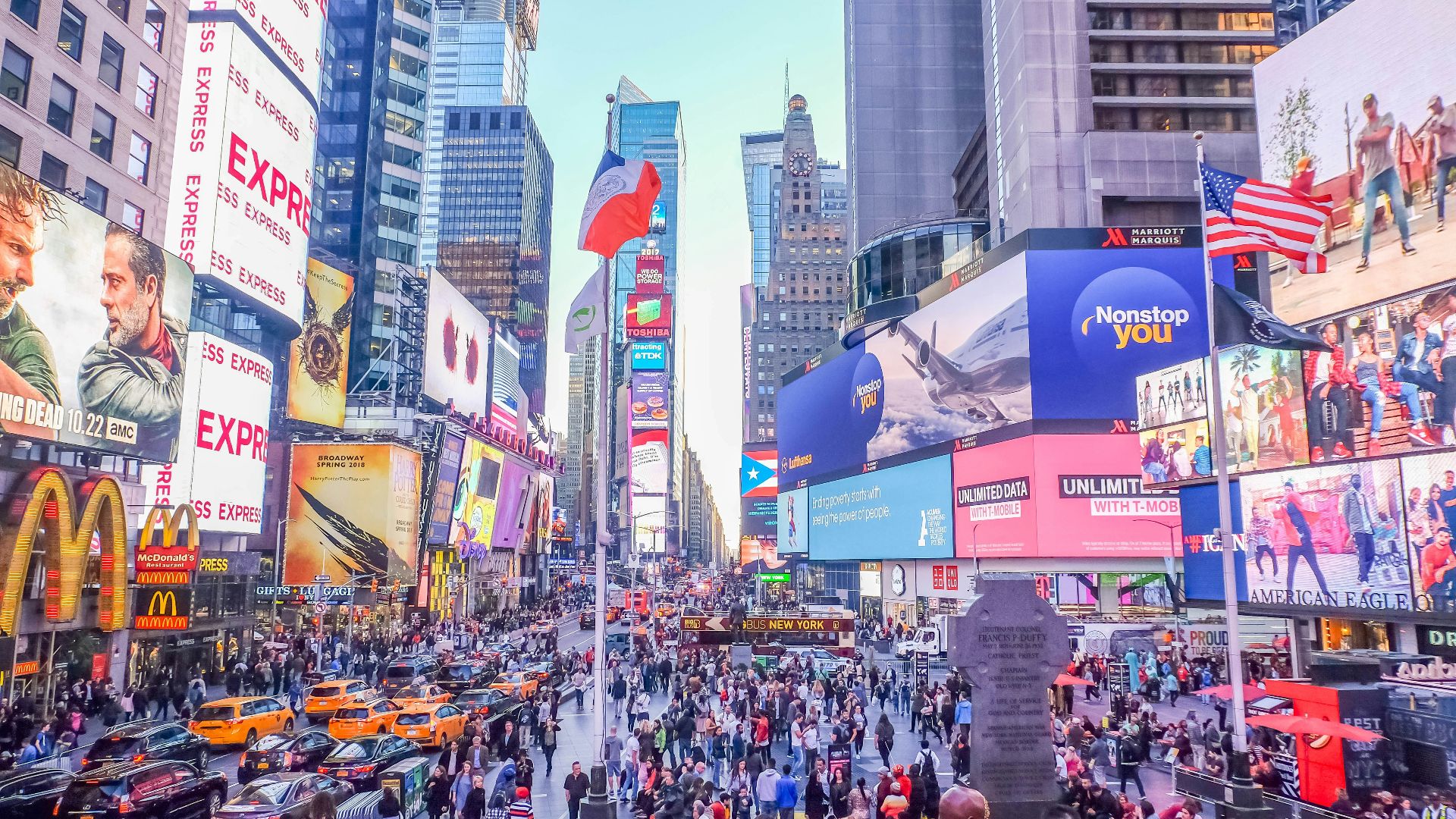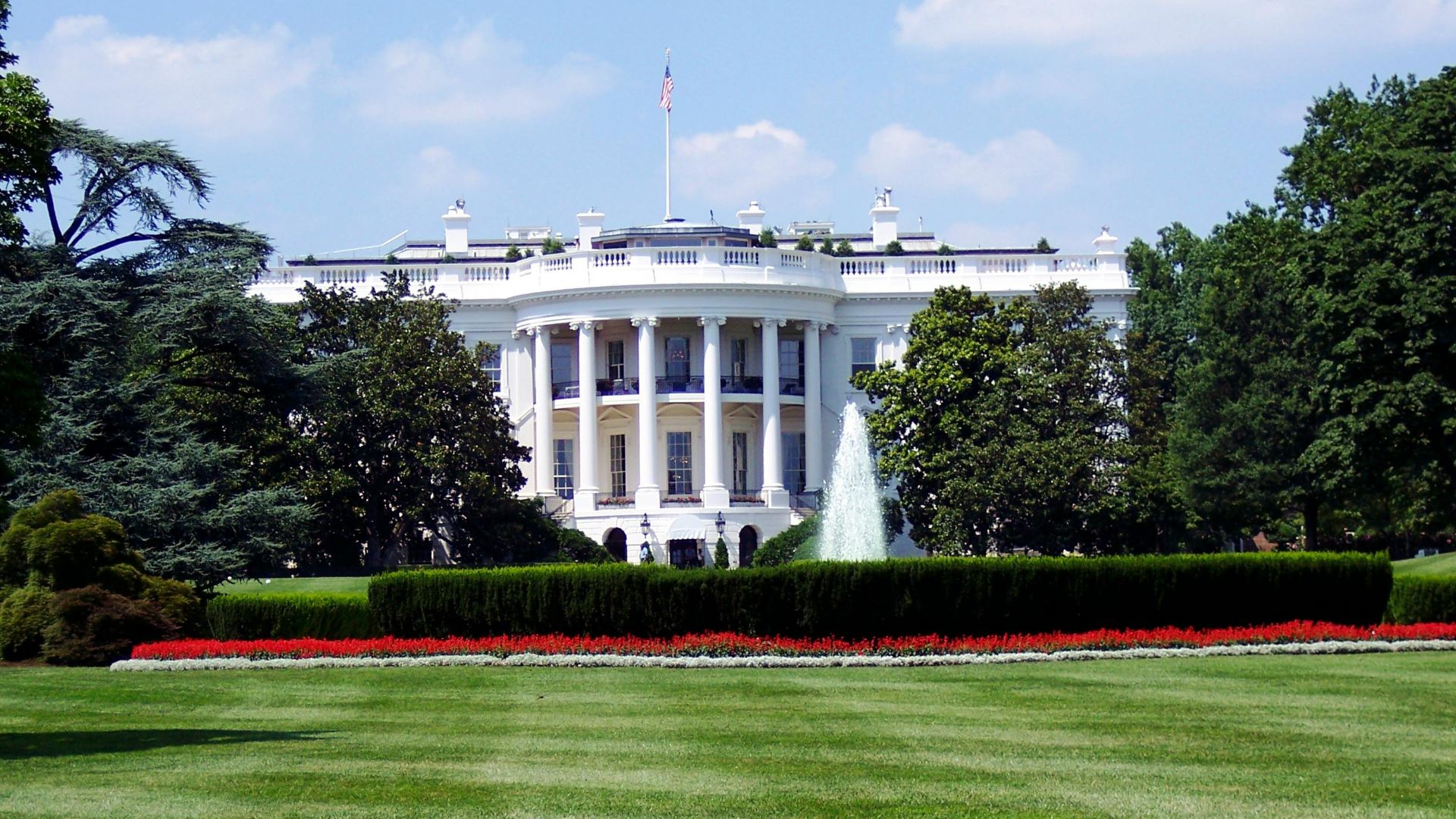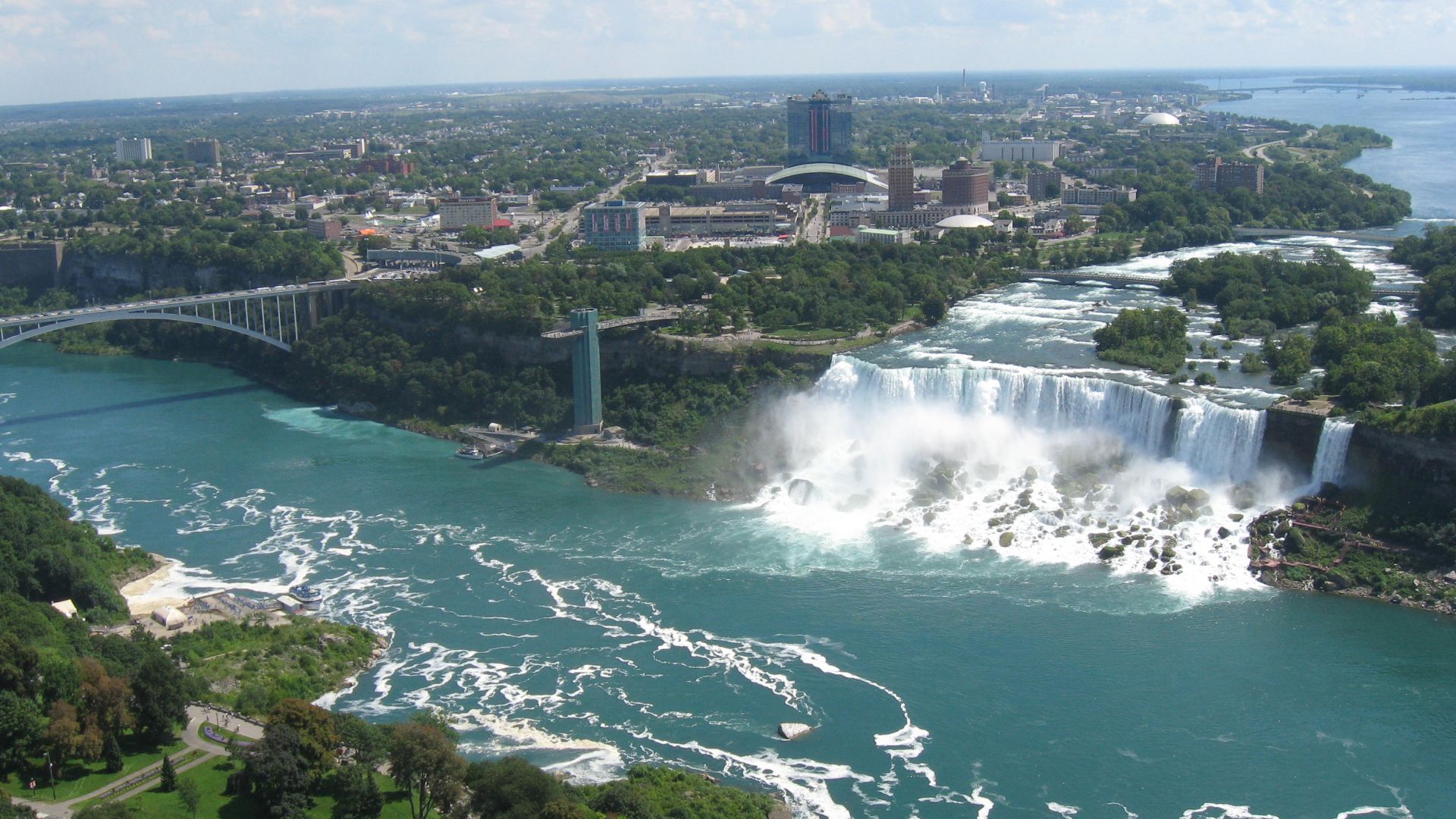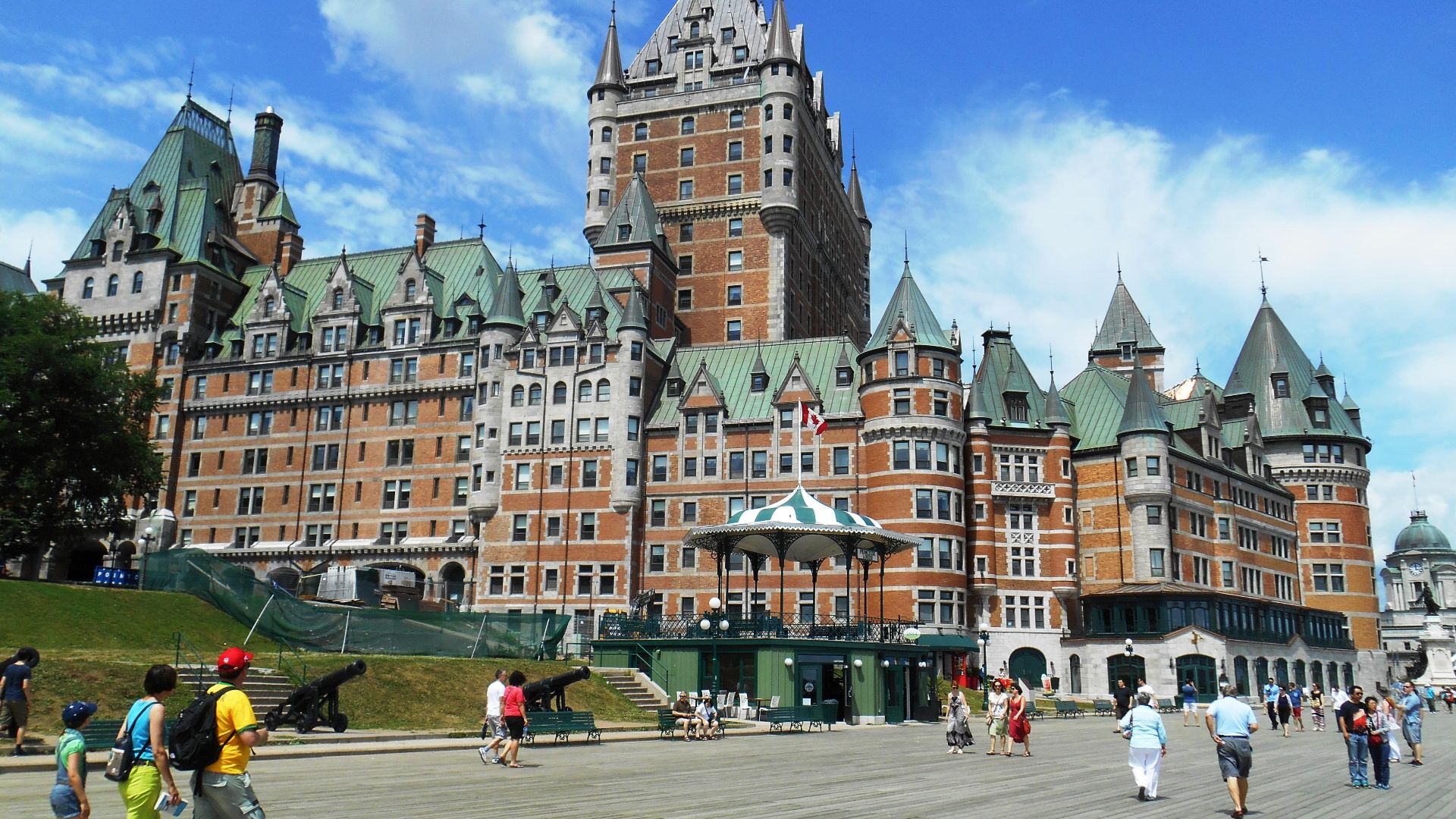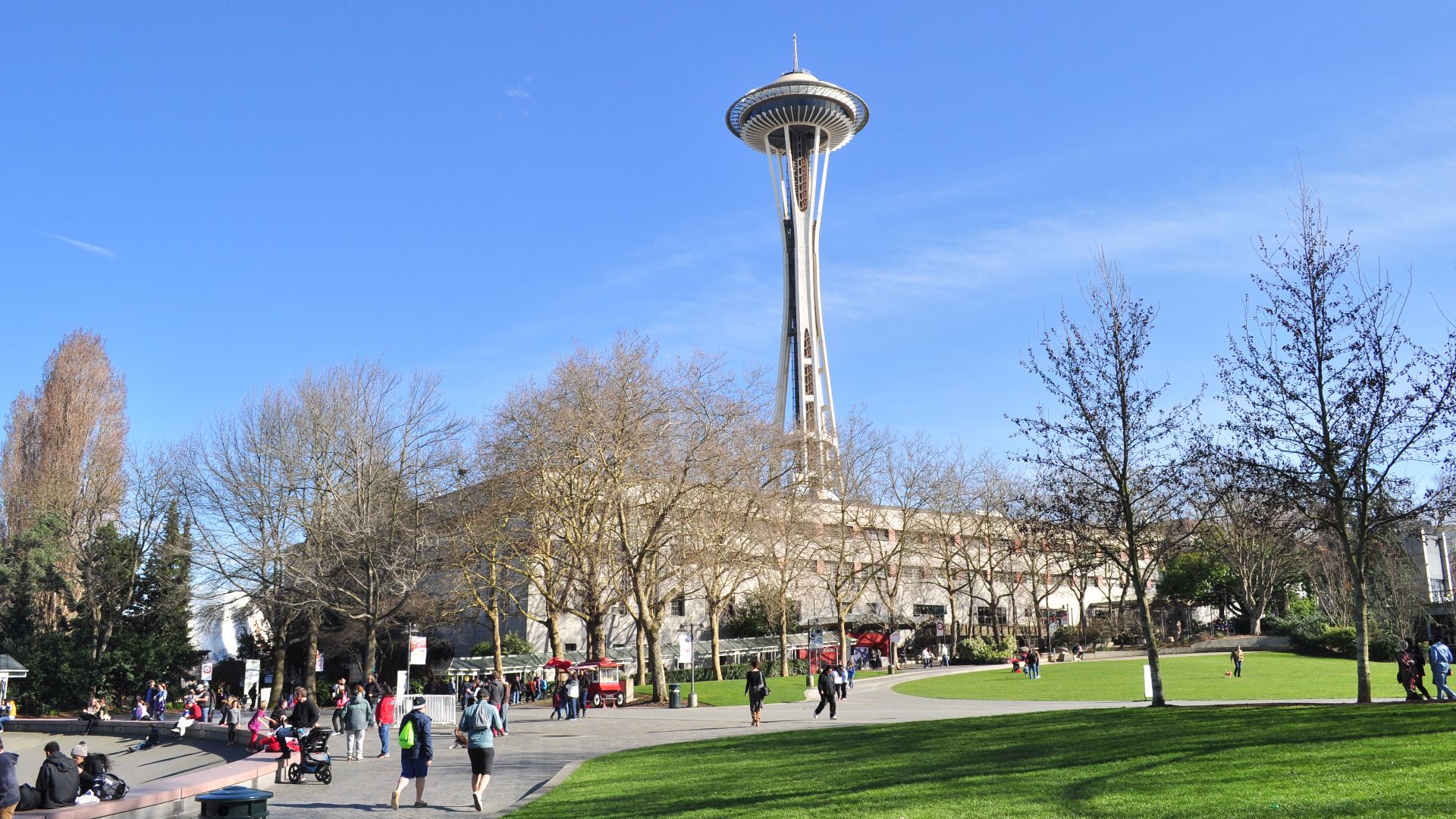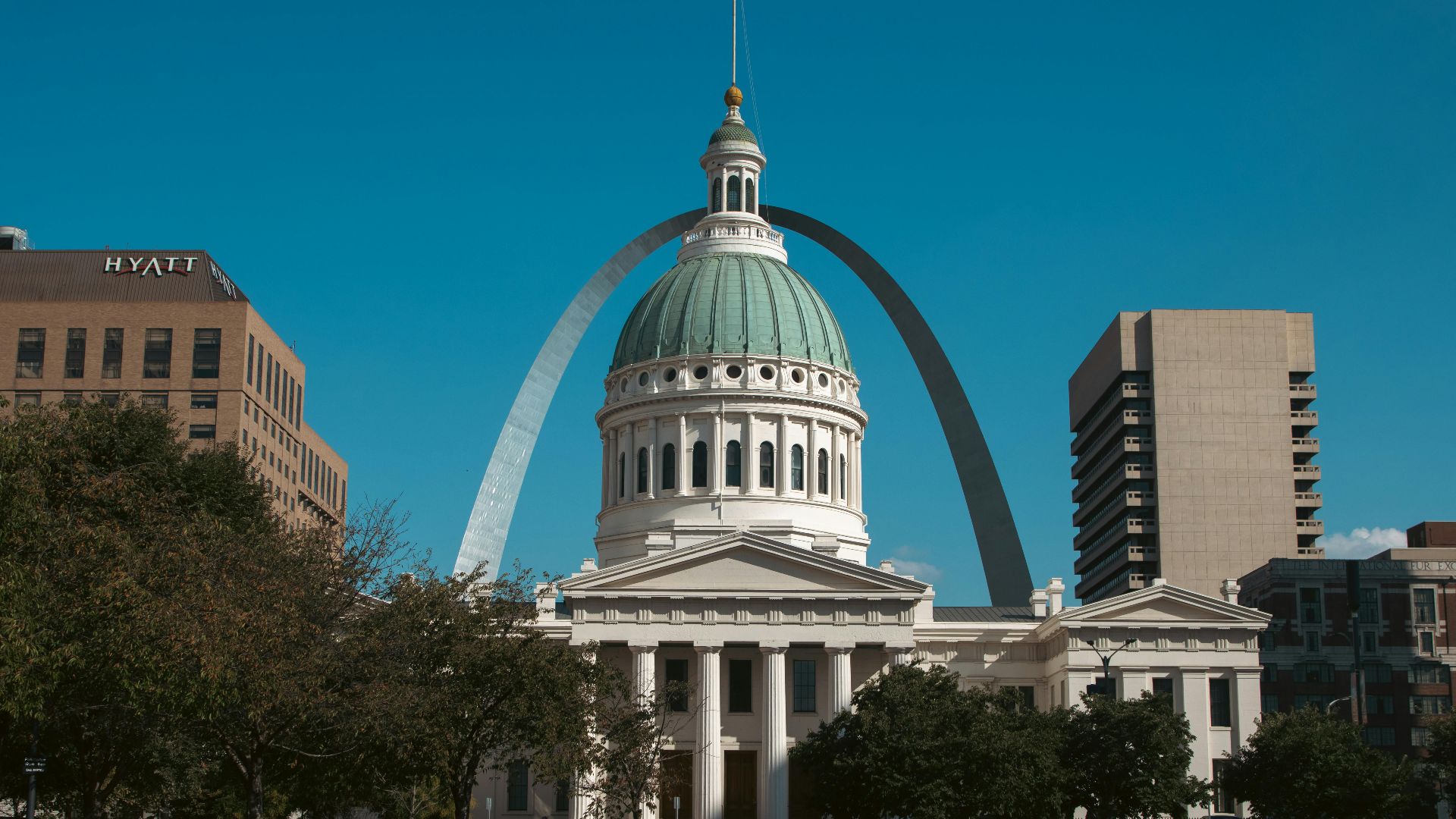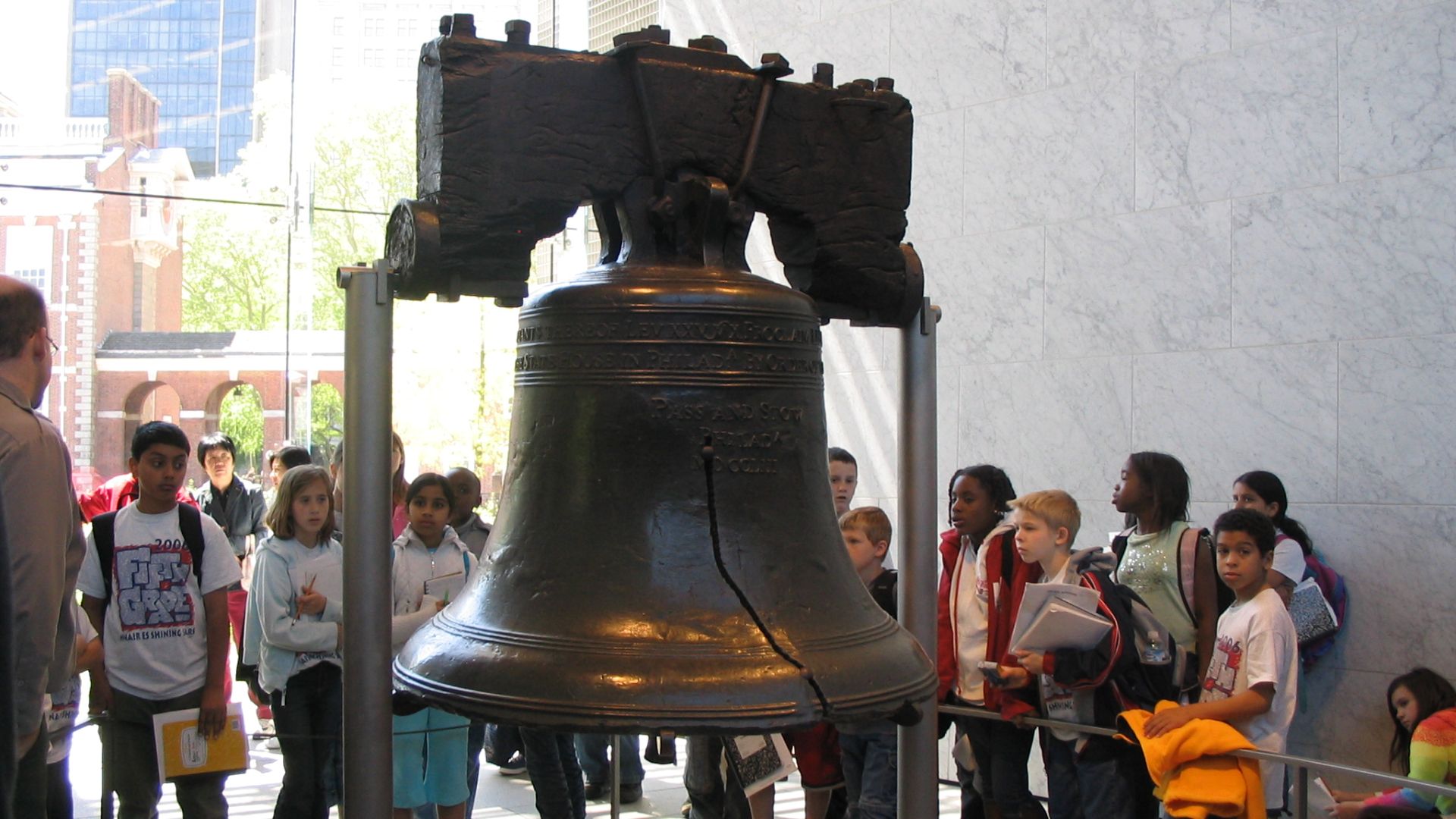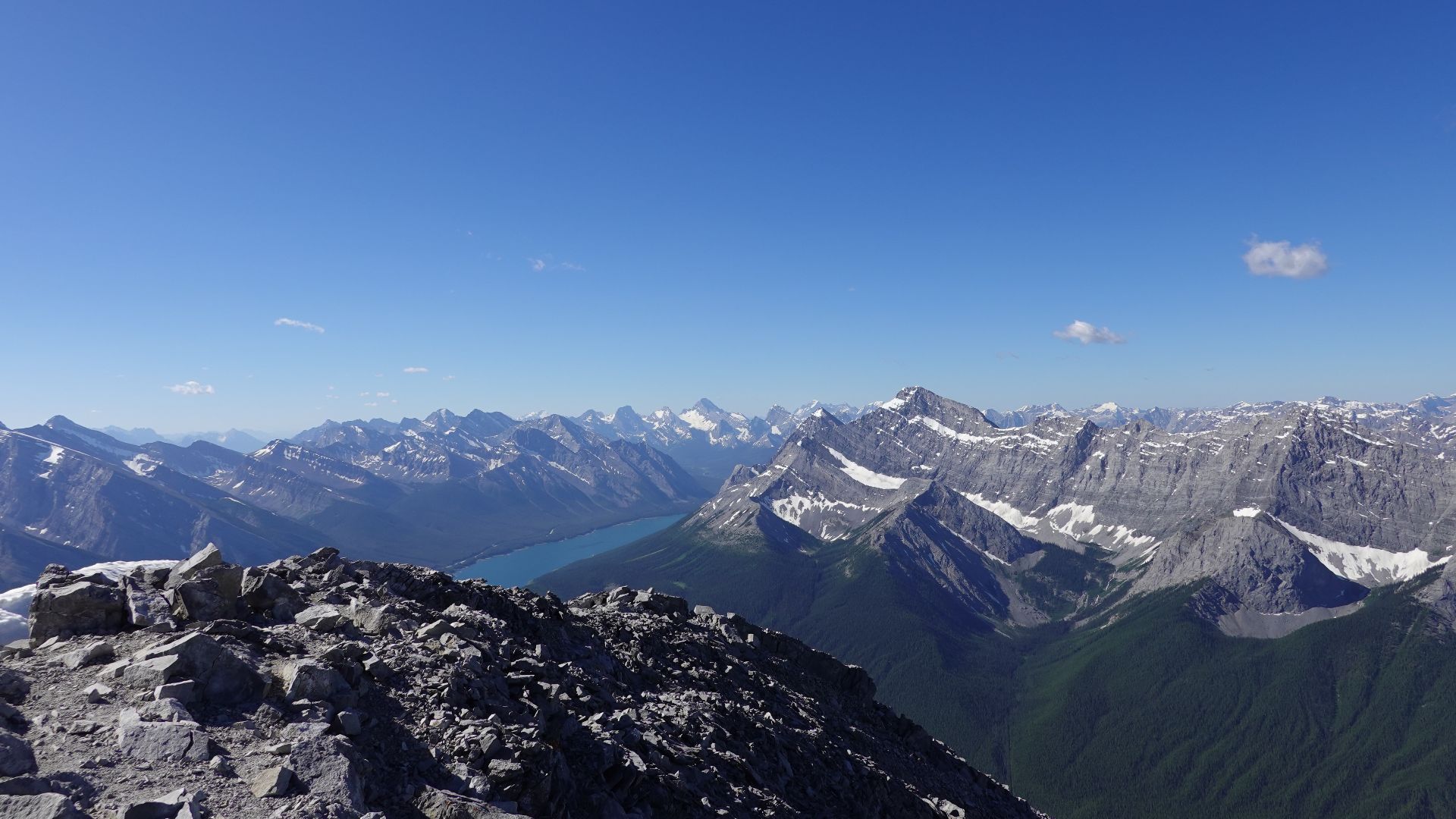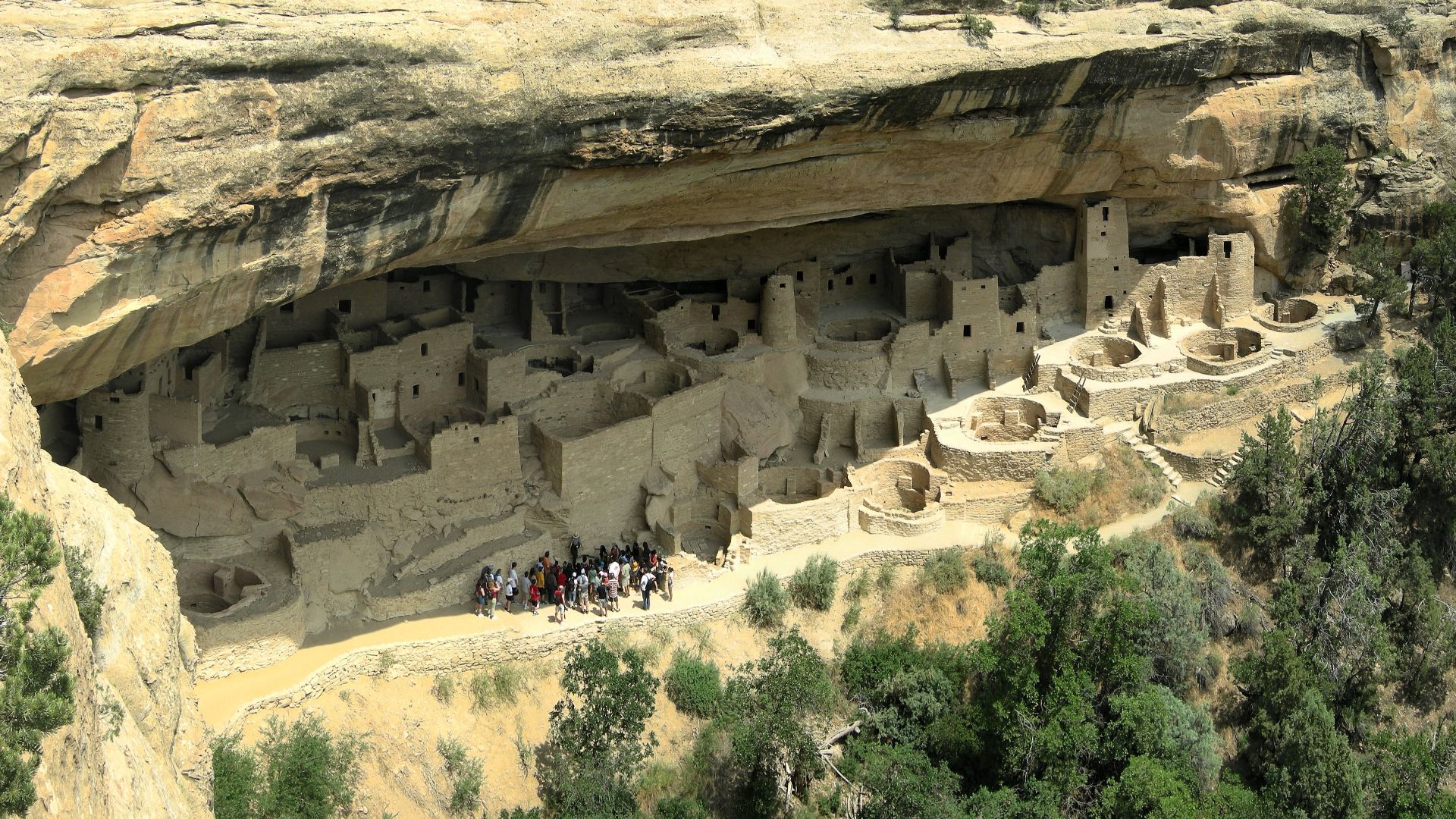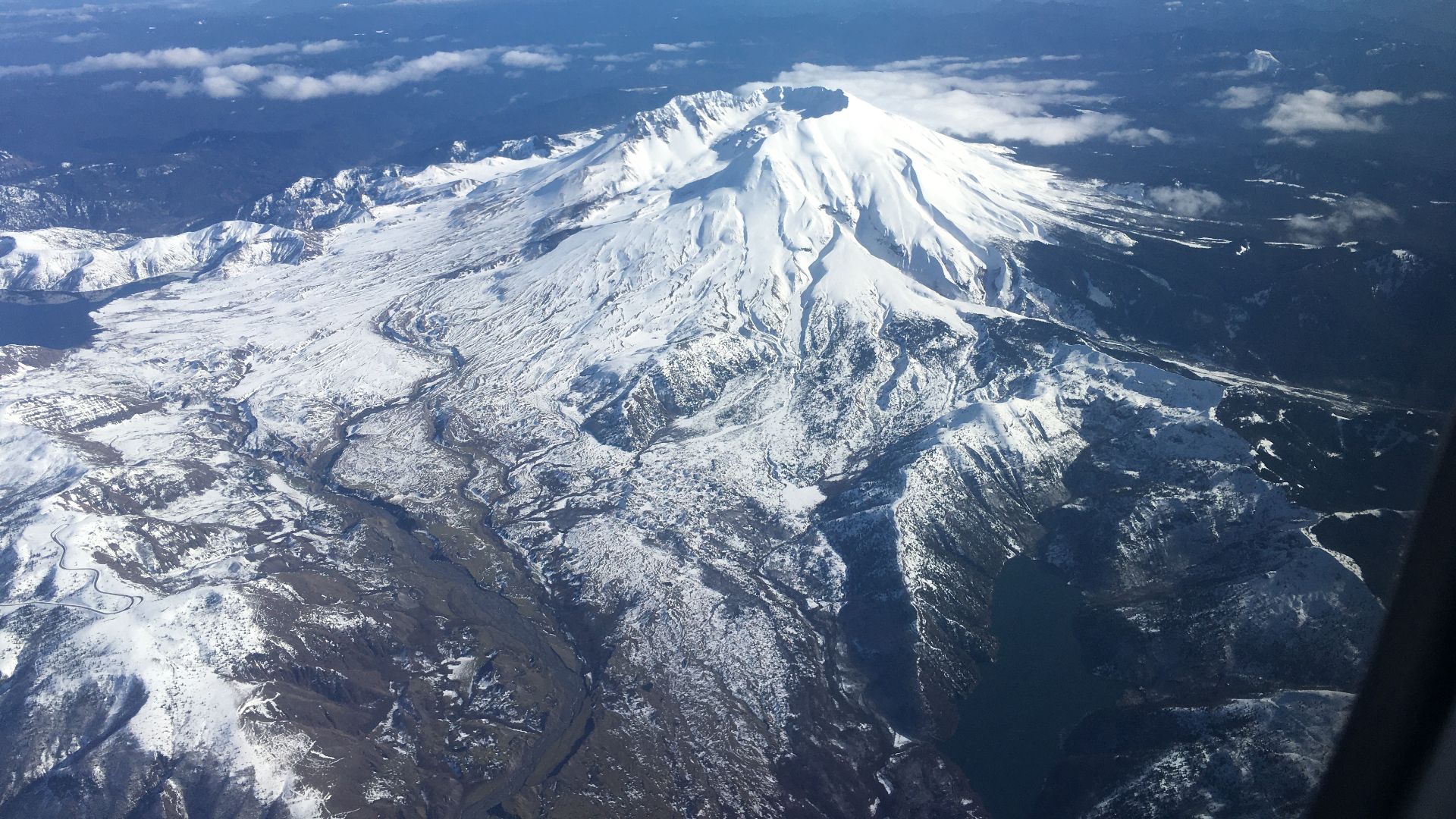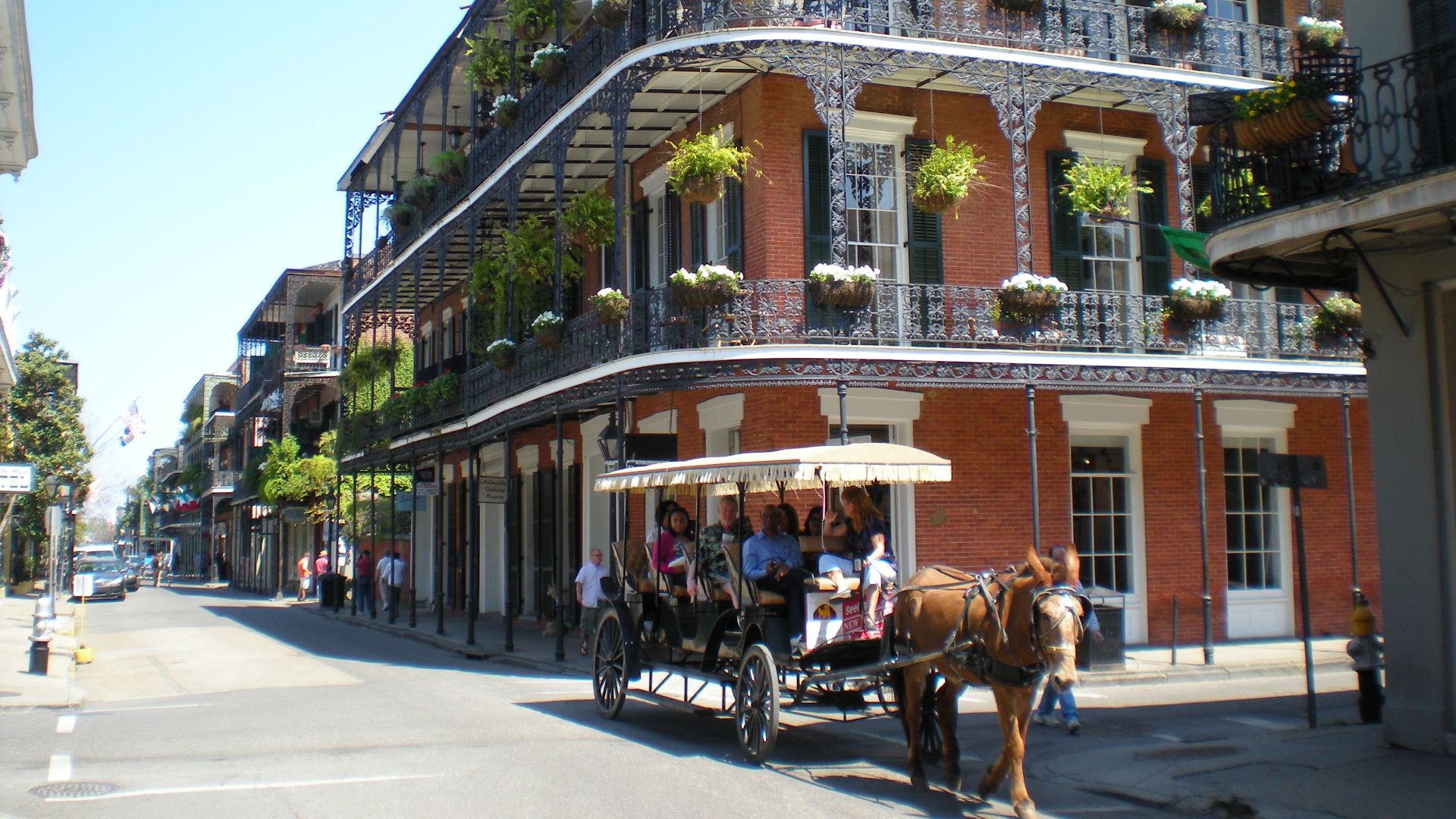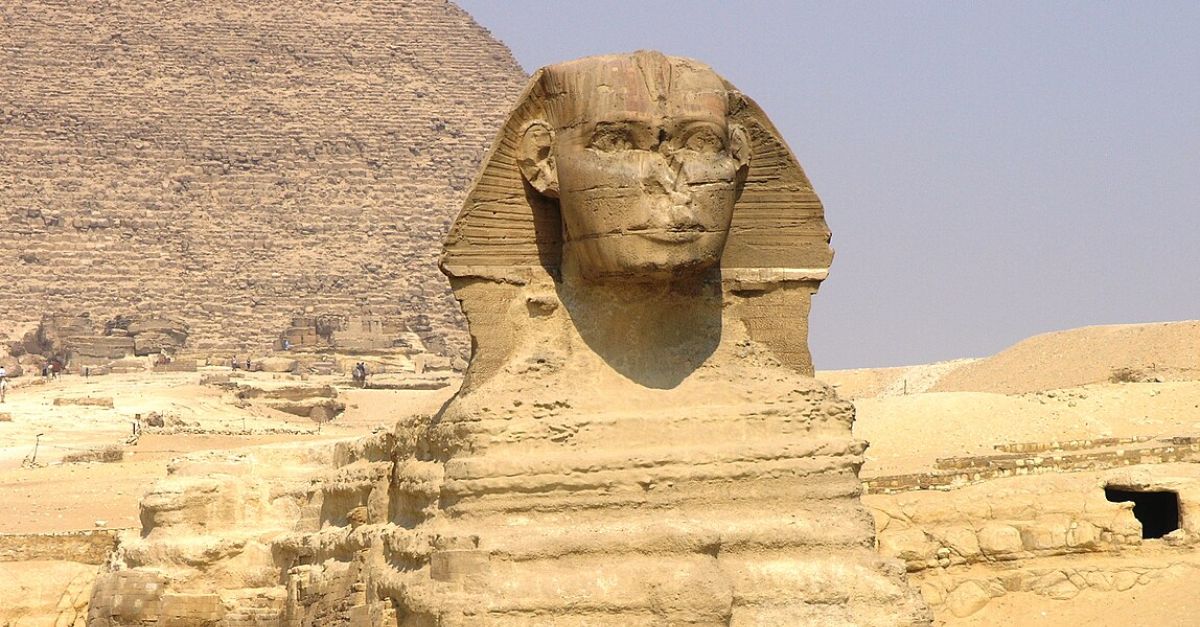Landmarks So Legendary You’ll Want To See Them Again
Everyone recognizes the names—Times Square, Grand Canyon, Niagara Falls—but familiarity hides their true magnitude. Most people have heard of the Statue of Liberty or Yellowstone, but how many have really seen them beyond postcards and screens?

Statue of Liberty
The seven spikes adorning her crown, symbolizing Earth's continents and seas, hint at the universal message behind "Liberty Enlightening the World," the official name of this iconic monument. Rising 305 feet above New York City, the Statue of Liberty has stood as France's 1886 gift celebrating freedom's global resonance.
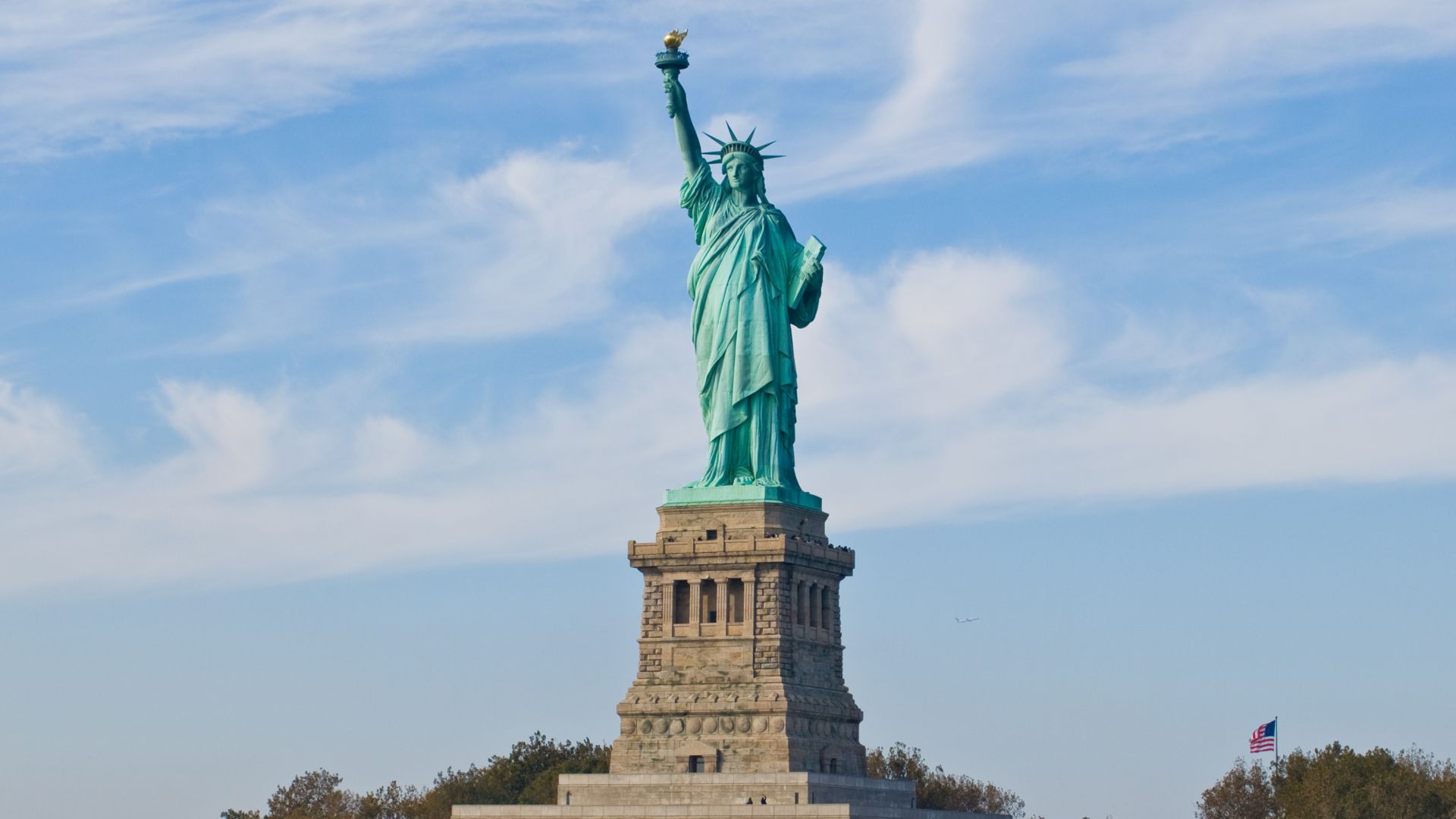 William Warby, Wikimedia Commons
William Warby, Wikimedia Commons
Times Square
Once known as Longacre Square, this quiet carriage hub changed forever in 1904 when The New York Times relocated here, giving it a new name and destiny. Now blazing with giant billboards and neon lights, Times Square attracts more than a million visitors each New Year’s Eve.
Old Quebec
While most North American cities have long since demolished their historic fortifications, Old Quebec stands in a league of its own. This remarkable Quebec City neighborhood is the only walled city north of Mexico, flaunting its original 17th-century bastions and gates. It was named a World Heritage Site in 1985.
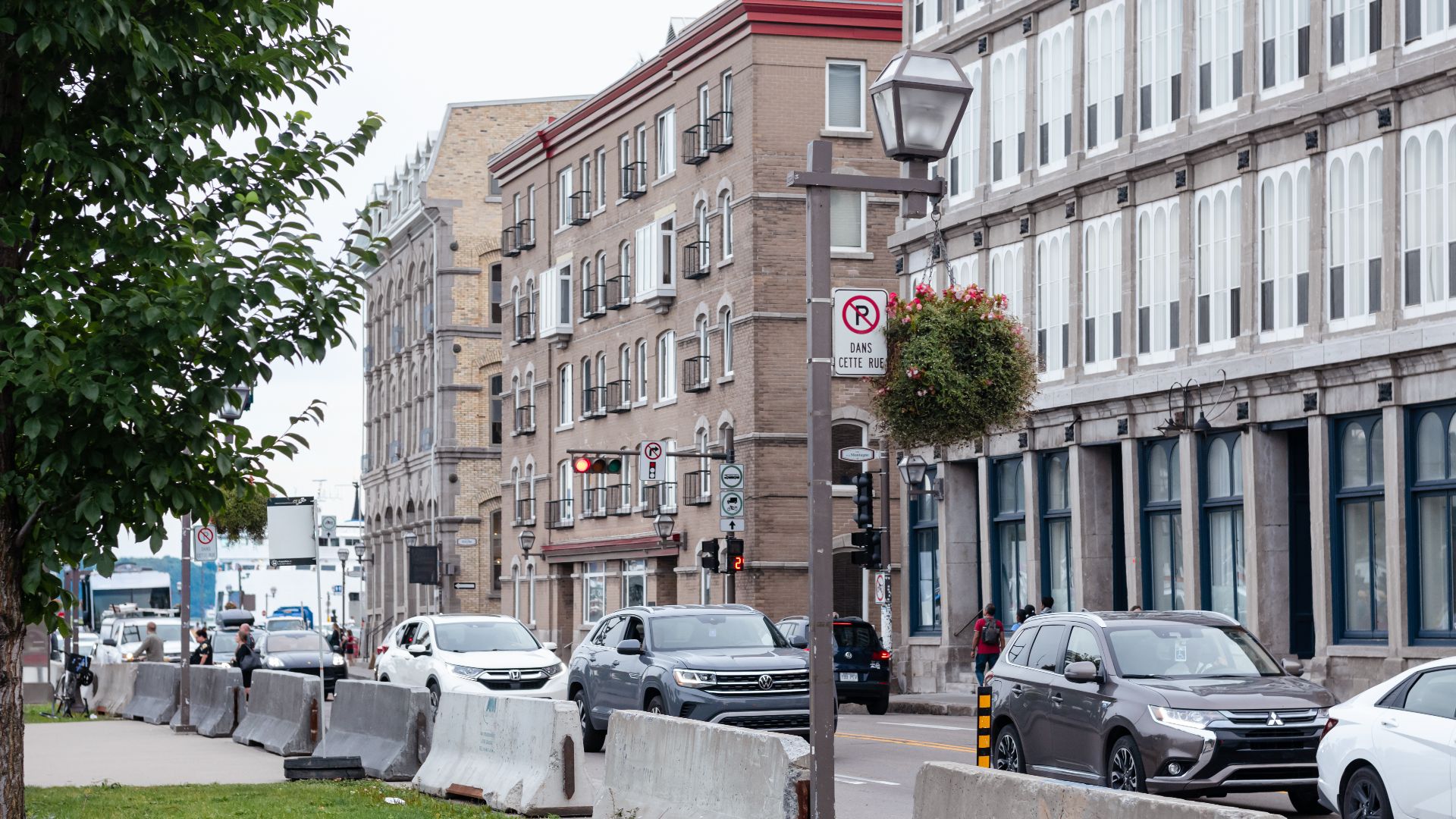 Fabian Roudra Baroi, Wikimedia Commons
Fabian Roudra Baroi, Wikimedia Commons
Banff National Park
In 1885, a pioneering vision for wilderness preservation gave rise to Banff National Park, Canada's first protected natural sanctuary. This cornerstone of conservation in Alberta has evolved into a treasured piece of the Canadian Rocky Mountain Parks UNESCO World Heritage Site, where the ethereal turquoise waters of Moraine Lake mirror nature's timeless majesty.
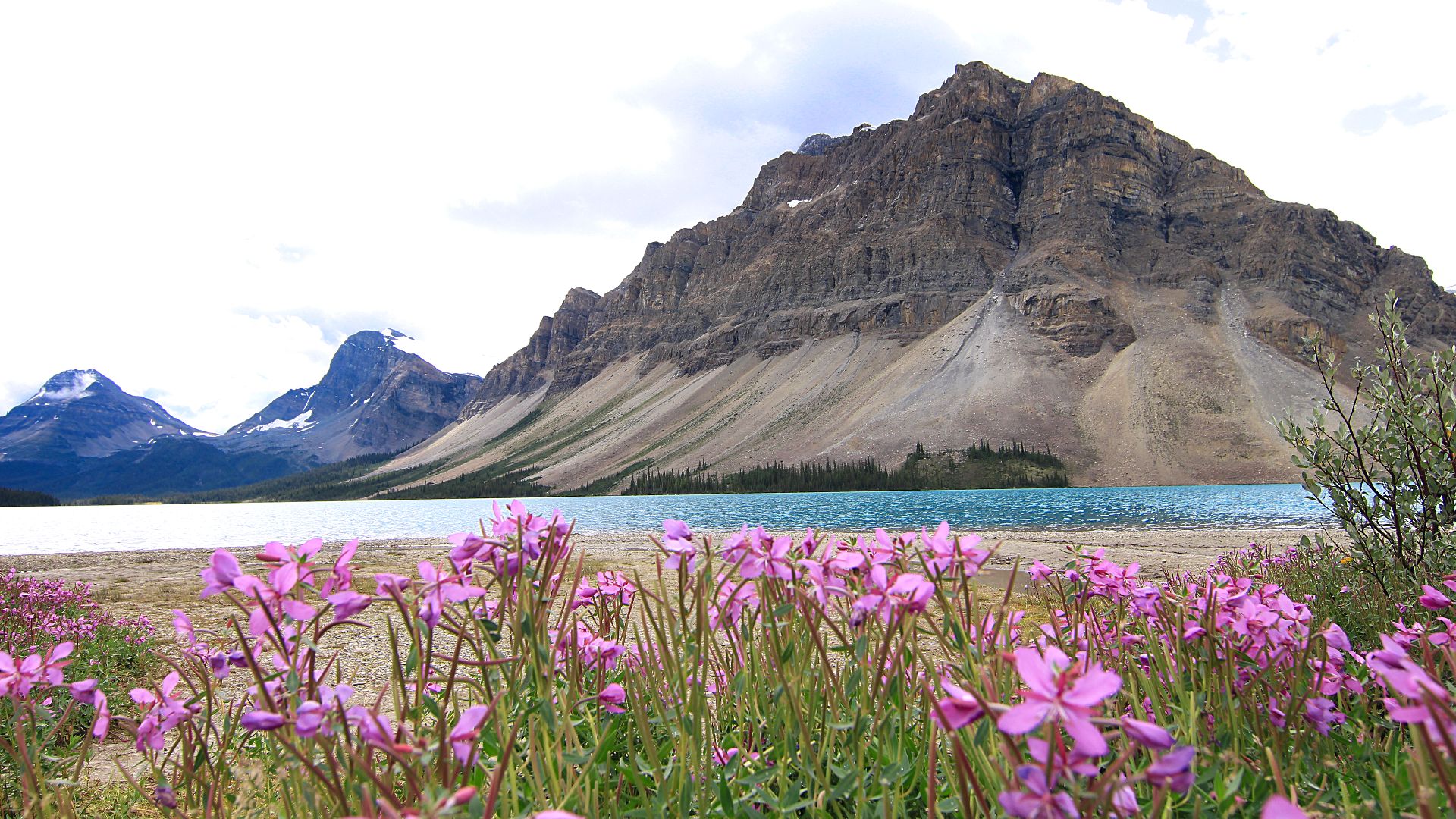 Pingyu Yang, Wikimedia Commons
Pingyu Yang, Wikimedia Commons
Yellowstone National Park
Across the sweeping wilderness of Wyoming, Montana, and Idaho lies a living masterpiece powered by a vast supervolcano. Yellowstone’s steaming geysers and volcanic springs nurture the largest concentration of freely roaming mammals in the lower 48 states, protected since 1872 as the planet’s first national park.
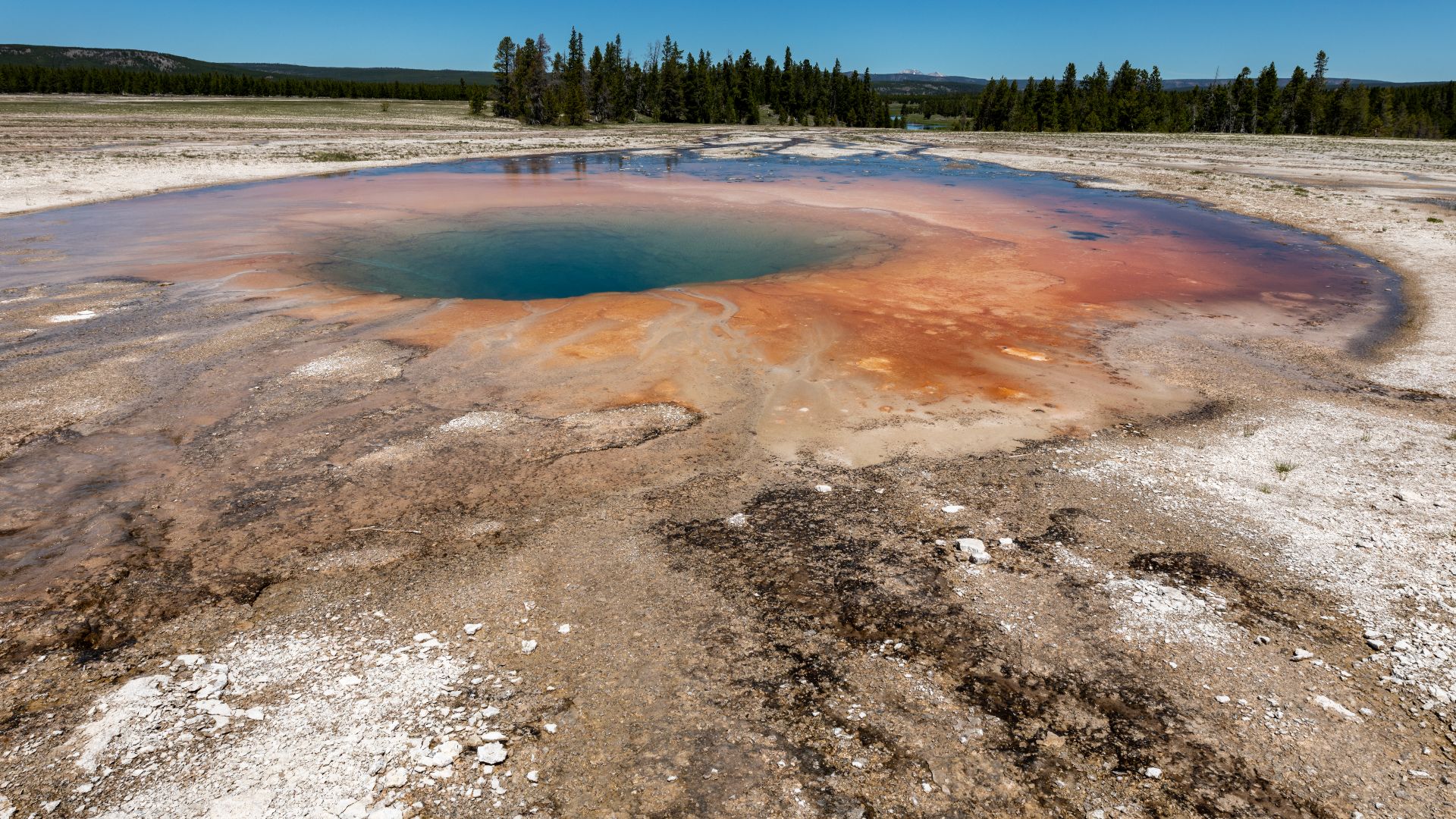 Dietmar Rabich, Wikimedia Commons
Dietmar Rabich, Wikimedia Commons
White House
At 1600 Pennsylvania Avenue, a neoclassical mansion conceals an expansive presidential complex. Behind its columns lie 132 rooms and 35 bathrooms. Since John Adams first moved in, every American president has called the White House both a family home and the nation’s symbolic center of power.
Grand Canyon
Standing at its rim, visitors feel dwarfed by the Grand Canyon's sheer walls plunging 6,093 feet into Arizona's rugged terrain. This wonderful gorge commands even greater awe as it stretches across 277 miles, reaching widths of 18 miles, while its layered walls reveal an epic story spanning nearly two billion years of Earth's evolution.
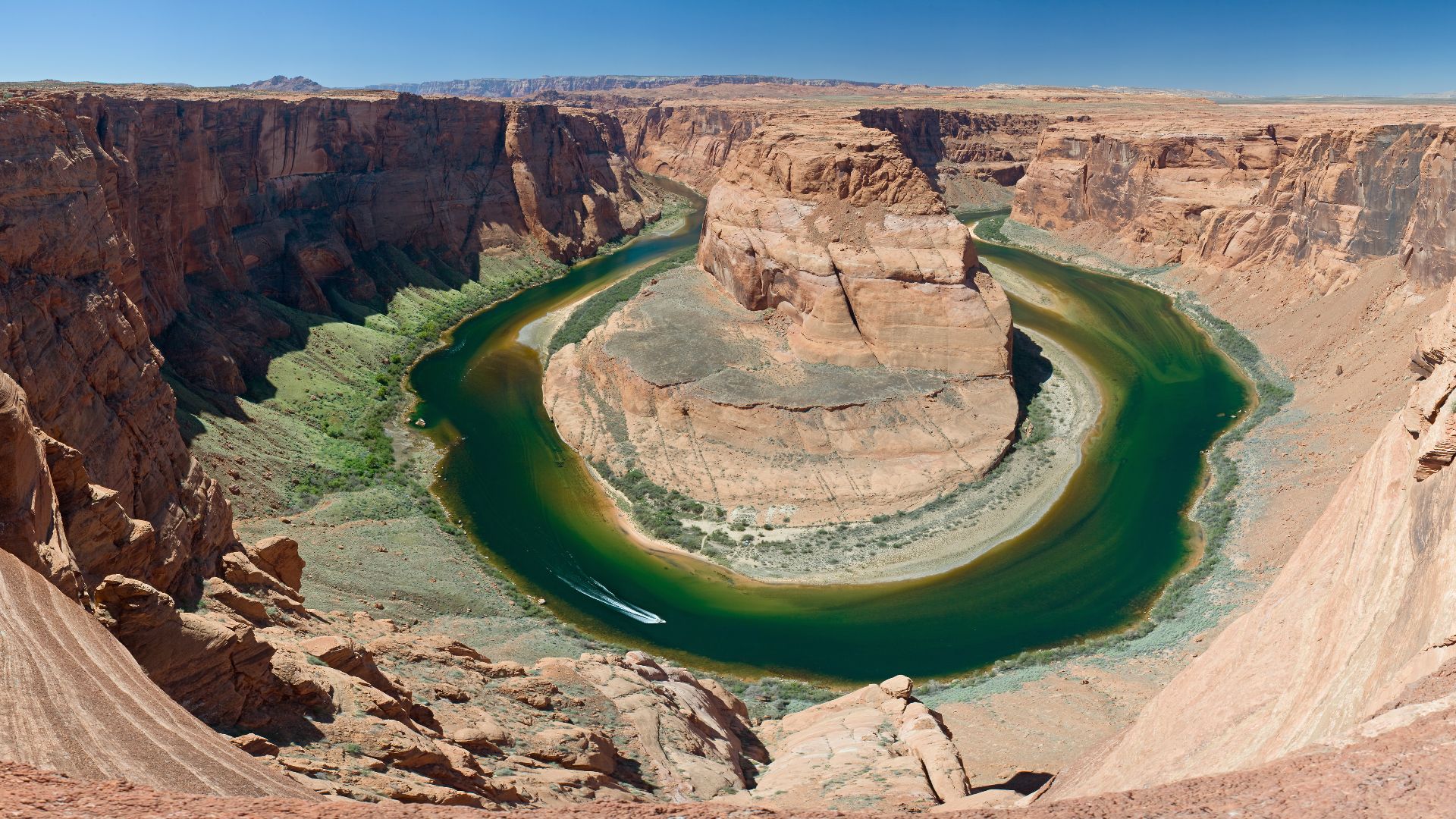 Christian Mehlführer, User:Chmehl, Wikimedia Commons
Christian Mehlführer, User:Chmehl, Wikimedia Commons
Mount Rushmore
Even experts debate the precise height of Mount Rushmore's presidential sculptures. These massive carvings of Washington, Jefferson, Roosevelt, and Lincoln dominate South Dakota's landscape, though the original design called for full busts, which was a grander vision ultimately constrained by limited funding.
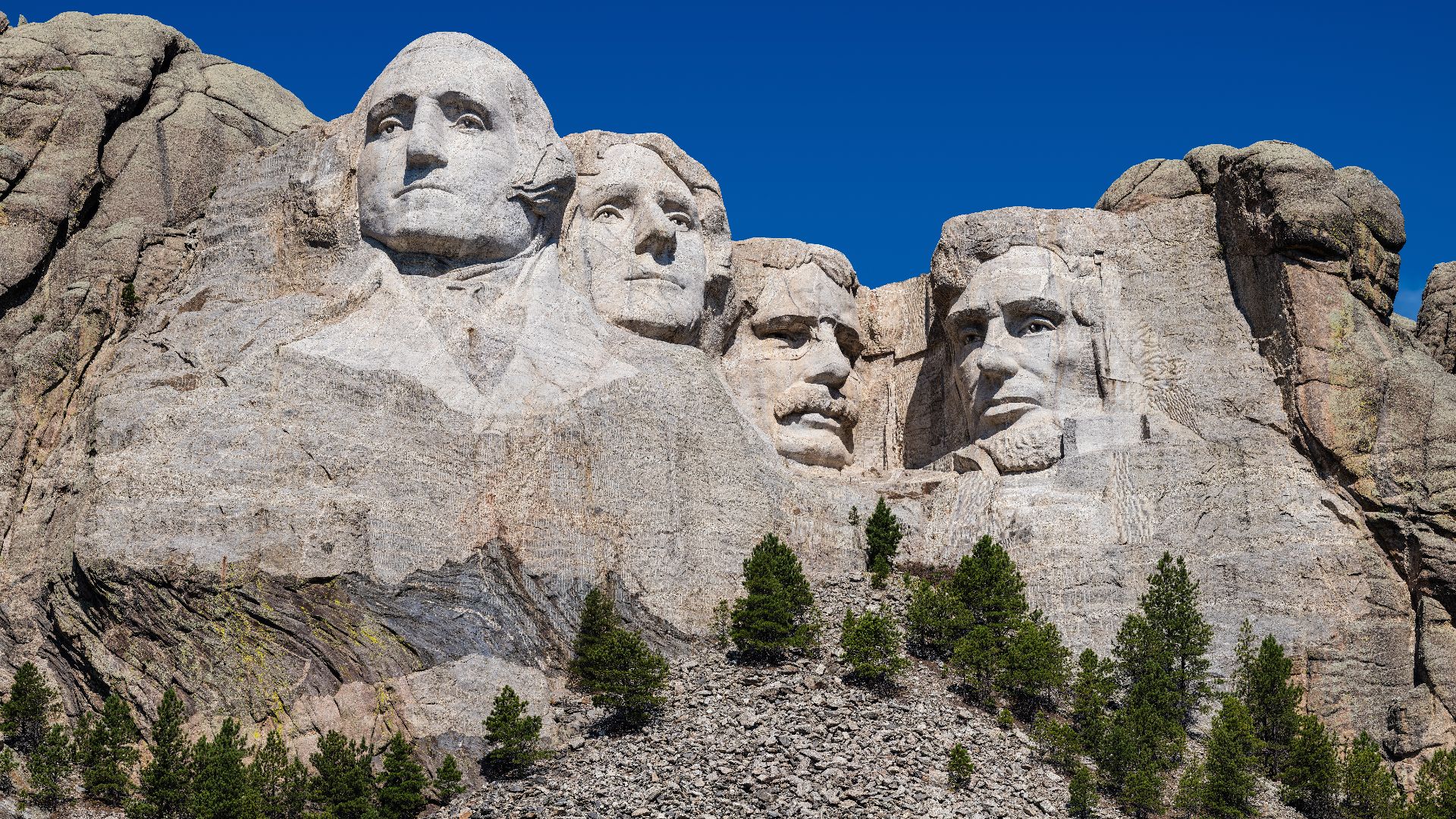 Thomas Wolf, www.foto-tw.de, Wikimedia Commons
Thomas Wolf, www.foto-tw.de, Wikimedia Commons
Niagara Falls
While Niagara Falls occupies a single geographical point between New York and Ontario, it defies simplicity by dividing into three distinct cascades: Horseshoe, American, and Bridal Veil Falls. This stationary landmark transforms into dynamic energy as a staggering 3,000 tons of water perpetually descend its precisely measured 167-foot drop.
Golden Gate Bridge
When the Golden Gate Bridge first stretched its International Orange span across San Francisco Bay in 1937, it was the world's undisputed suspension bridge champion. Though it lost that crown in 1964, this 1.7-mile marvel still rocks its fog-friendly paint job while connecting San Francisco to Marin County like a boss.
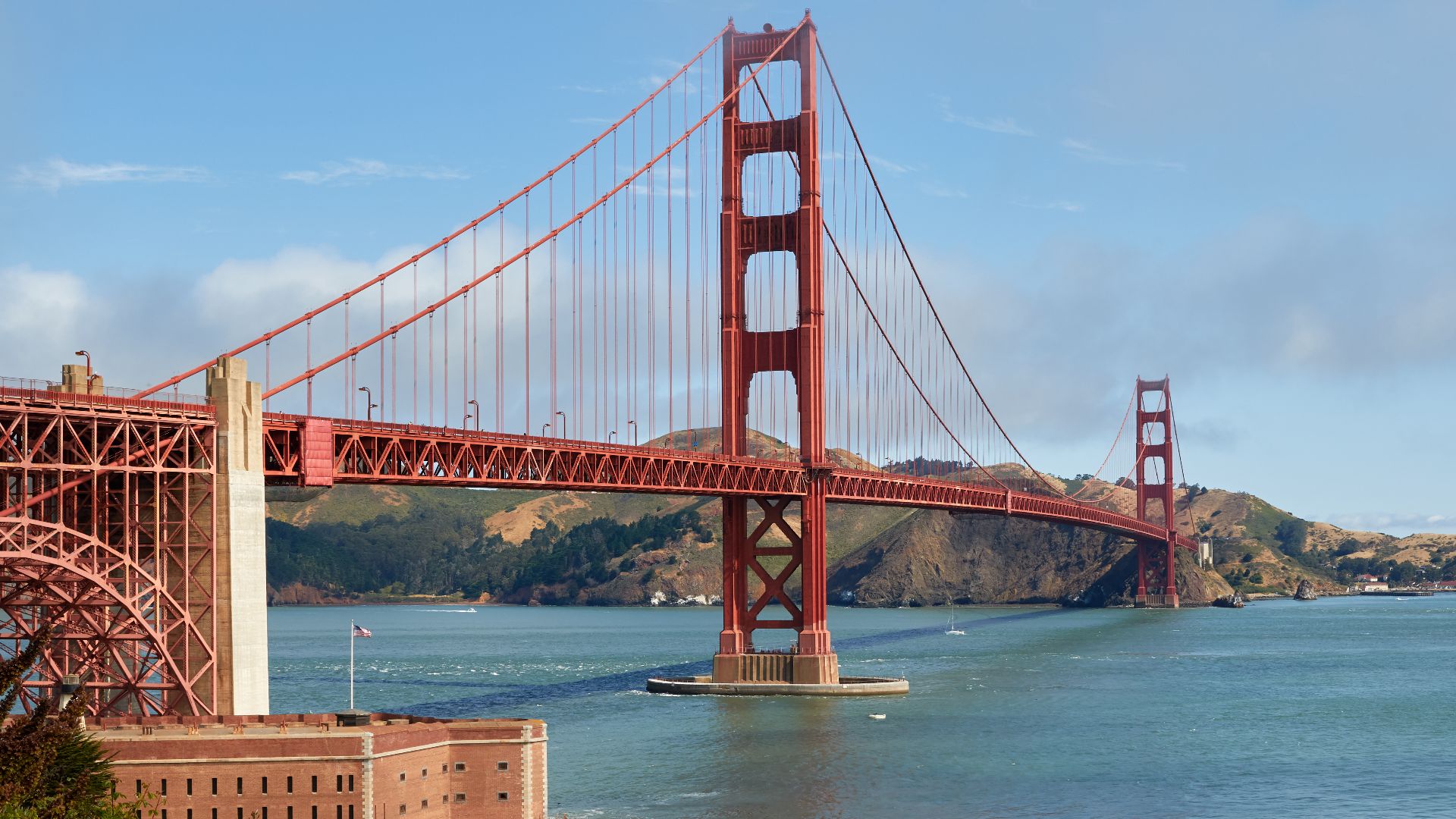 Frank Schulenburg, Wikimedia Commons
Frank Schulenburg, Wikimedia Commons
Empire State Building
Did you know that the pointy top of NYC's most famous Art Deco tower was meant for parking blimps? That's right—the Empire State Building's spire was designed as an airship dock, crowning what became the world's tallest building in 1931, stretching across 102 spectacular floors.
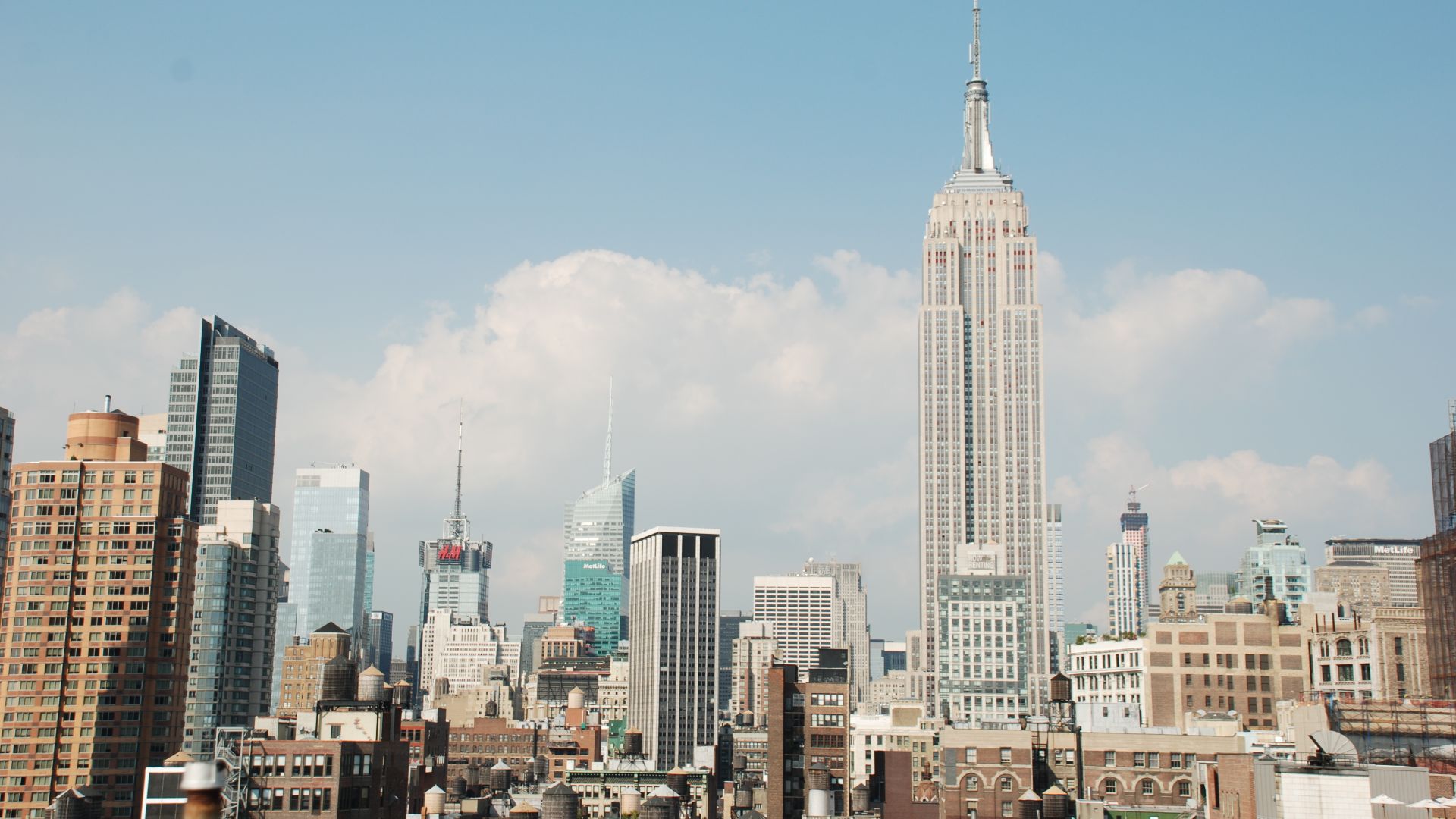 Christopher-m-zelig, Wikimedia Commons
Christopher-m-zelig, Wikimedia Commons
Yosemite National Park
Spanning 1,189 square miles within California's Sierra Nevada range, Yosemite National Park represents nature's grand design. From the commanding heights of El Capitan's granite facade to the ancient majesty of towering sequoia groves, every vista builds to Tunnel View's crescendo, where Bridalveil Fall meets Half Dome in perfect harmony.
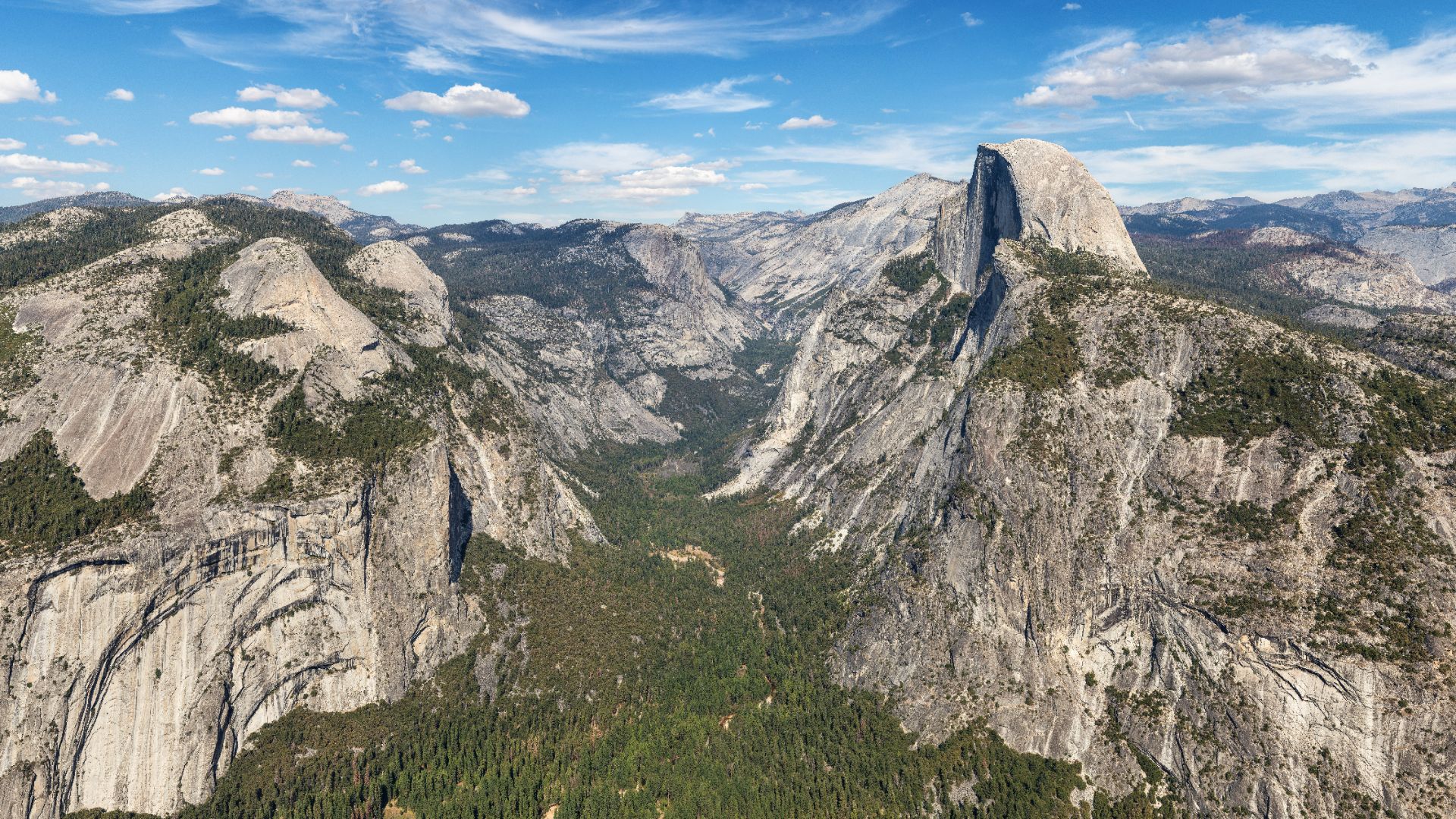 Thomas Wolf, www.foto-tw.de, Wikimedia Commons
Thomas Wolf, www.foto-tw.de, Wikimedia Commons
Alcatraz Island
Known as America's most forbidding federal prison, Alcatraz Island loomed as an inescapable fortress in San Francisco Bay from 1934 to 1963, its very isolation striking fear into the hearts of hardened criminals. Yet today, this legendary rock has transformed into a welcoming spot where tourists explore freely and birds find a peaceful sanctuary.
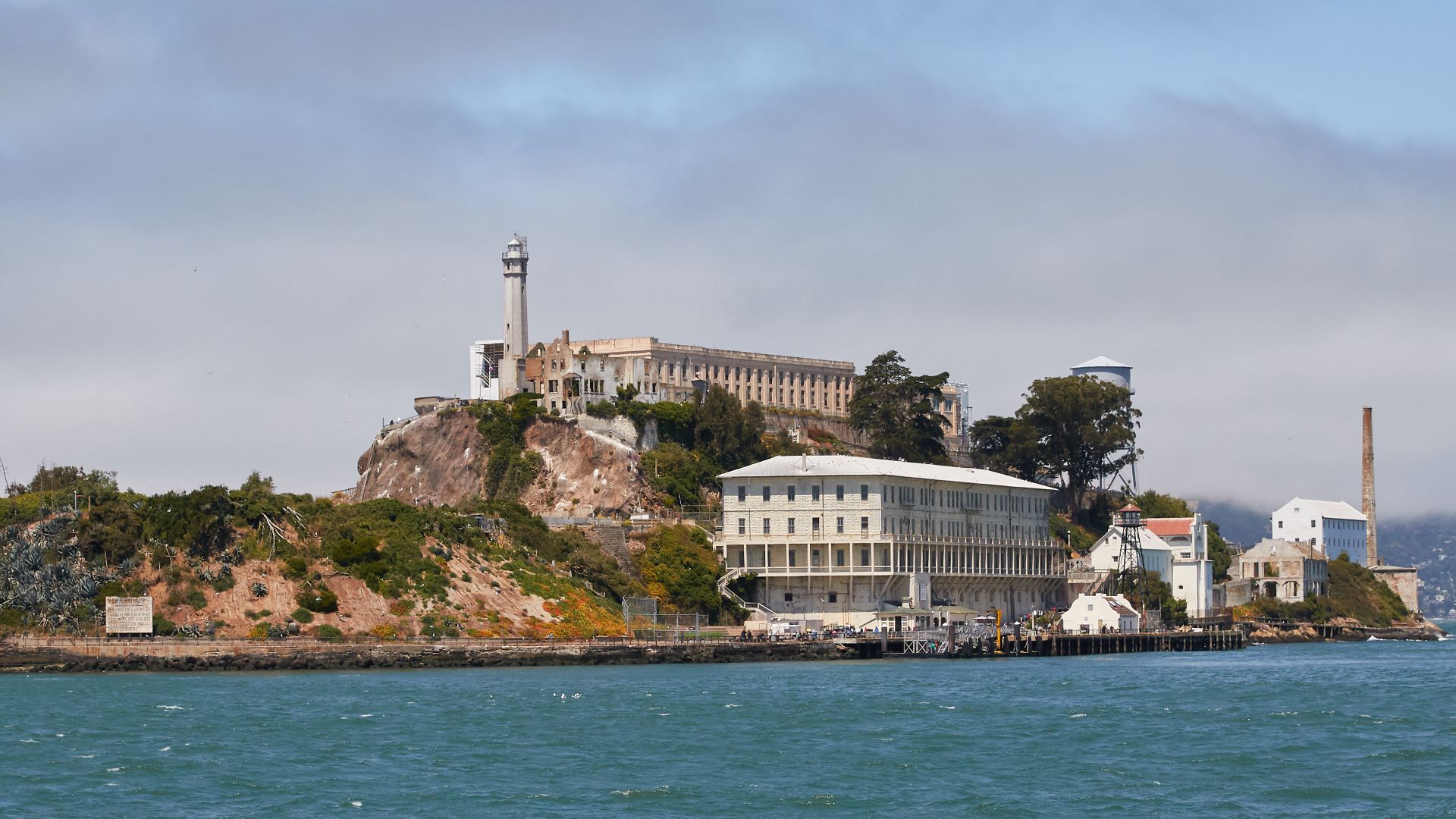 Frank Schulenburg, Wikimedia Commons
Frank Schulenburg, Wikimedia Commons
Chateau Frontenac
Since its grand opening in 1893, the magnificent Chateau Frontenac has evolved from a luxurious hotel into Quebec City's most iconic landmark. Rising gracefully above Cap Diamant and the St Lawrence River, this symbol now stands among the world's most photographed hotels.
Hoover Dam
In a massive clash of dimensions, the Hoover Dam's towering 726-foot height dominates its 660-foot base width, while 21,000 Depression-era workers battled gravity at the Nevada-Arizona border. Yet their 1936 creation met its match in Lake Mead, the outstanding reservoir it birthed.
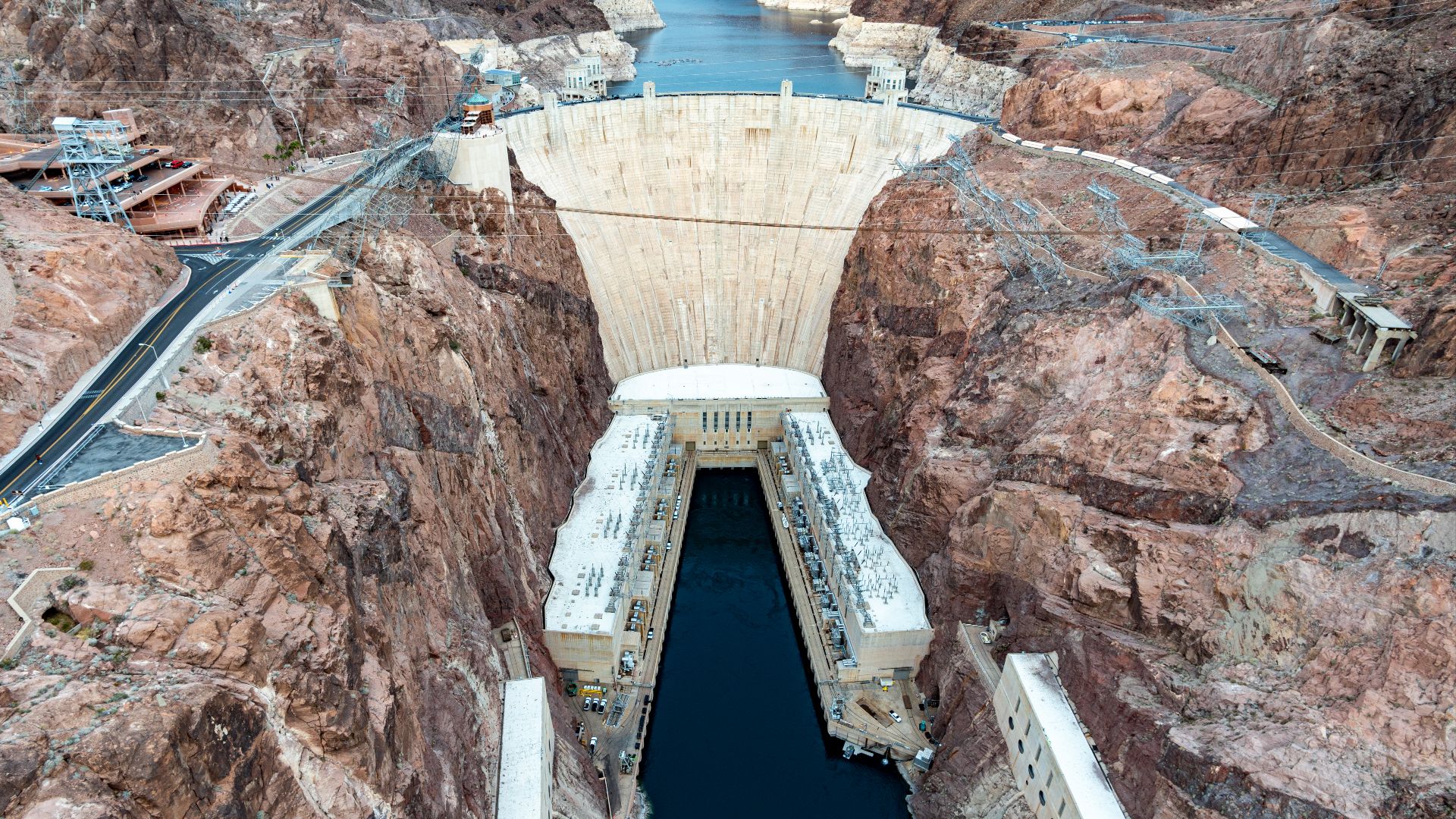 Aleksandar Nikolic, Wikimedia Commons
Aleksandar Nikolic, Wikimedia Commons
Space Needle
Against Seattle's urban cityscape rises an otherworldly silhouette that forever changed the city's profile: the Space Needle. Built for the 1962 World's Fair and soaring 605 feet skyward, this iconic tower channels the Space Age with its distinctive flying-saucer design to create Washington's most recognizable architectural landmark.
Gateway Arch
In the mid-1960s, St Louis commemorated America's pioneering spirit with an architectural miracle that would become legendary. Completed in 1965 and welcoming its first visitors in 1967, the Gateway Arch stands at 630 feet, claiming the title of world's tallest arch. Today, trams carry visitors to their summit for breathtaking city panoramas.
Las Vegas Strip
As dusk settles over South Las Vegas Boulevard, the first neon lights begin their nightly awakening along this legendary 4.2-mile stretch. Resort hotels and casinos gradually illuminate the Nevada sky to build a crescendo of brilliant displays that change the Strip into an electrifying galaxy of entertainment.
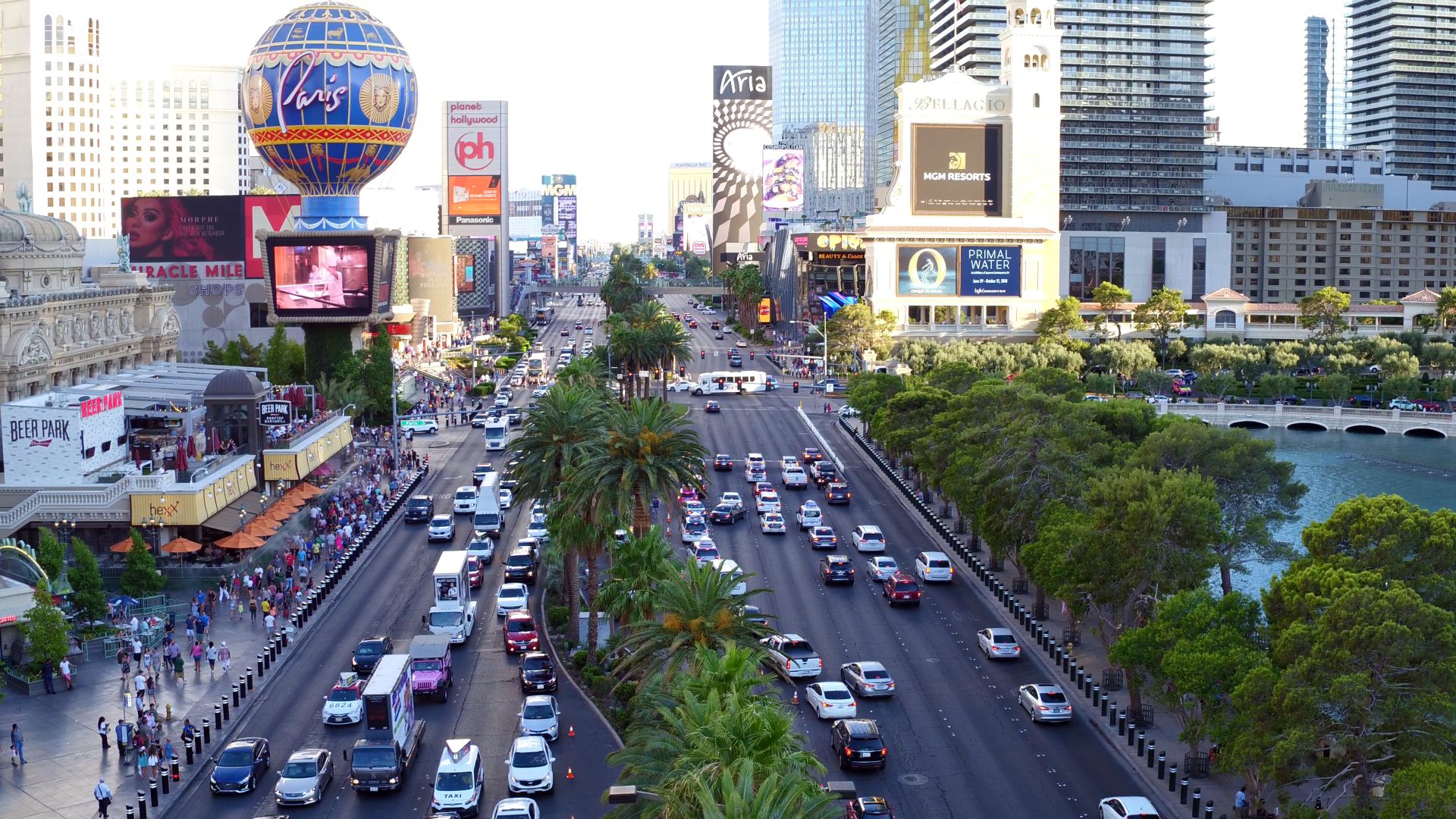 Don Ramey Logan, Wikimedia Commons
Don Ramey Logan, Wikimedia Commons
Independence Hall
Standing in Philadelphia, Pennsylvania, Independence Hall witnessed two watershed moments that shaped a nation: the adoption of the Declaration of Independence, followed by the pivotal debates and signing of the US Constitution. The building highlights these documents' significance to human history.
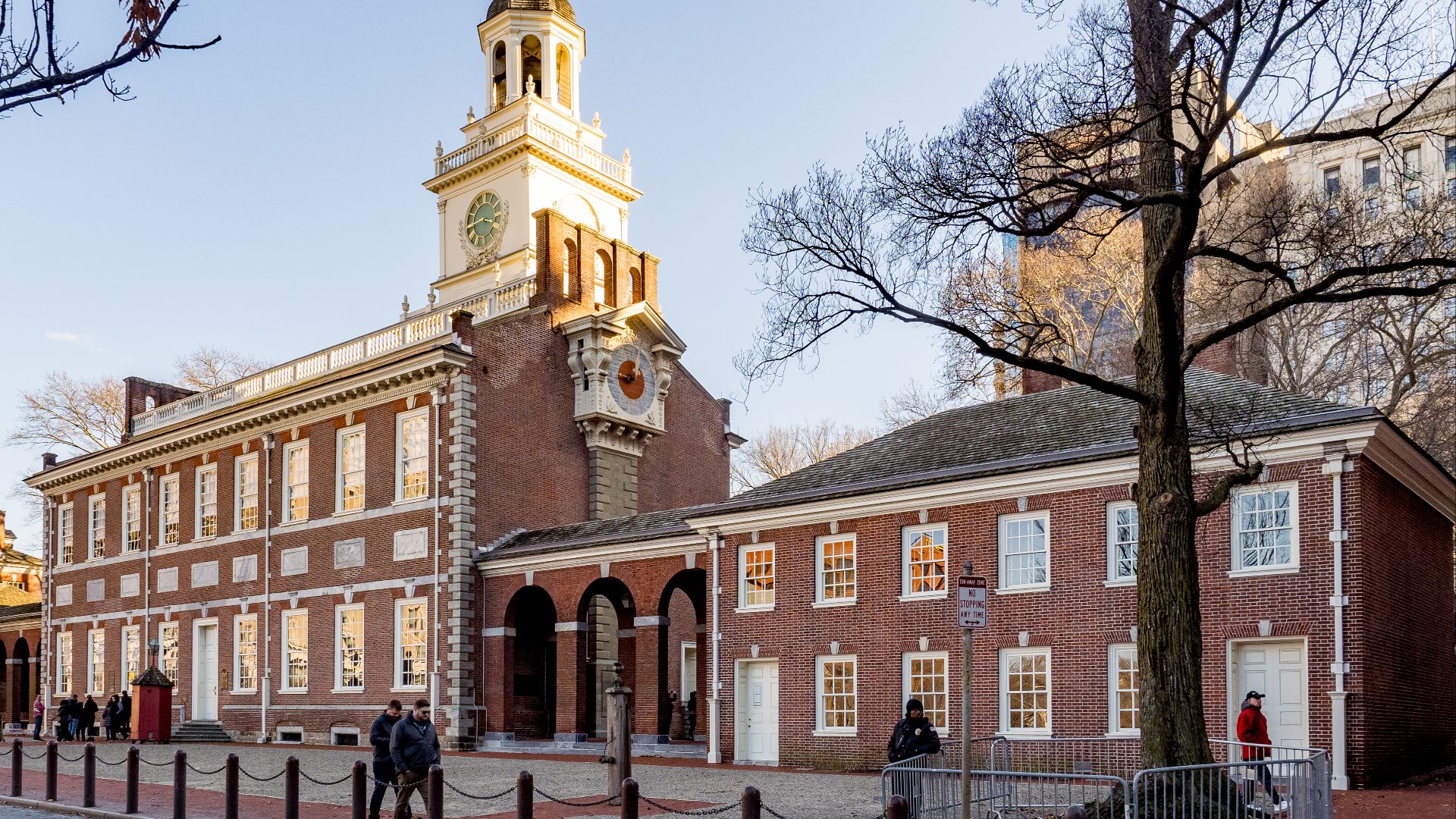 ajay_suresh, Wikimedia Commons
ajay_suresh, Wikimedia Commons
Liberty Bell
The sheer physical mass of the Liberty Bell hints at the monumental weight of history it carries in Philadelphia. Beyond its famous crack and tangible presence, this monument shoulders an even greater burden: standing as America's definitive symbol of independence and revolutionary freedom.
Central Park
A masterclass in urban architecture, Central Park shows what happens when visionary design meets epic scale. This 843-acre green masterpiece, dropped right into Manhattan's pulsing heart, has become NYC's ultimate flex, pulling in a mind-boggling 42 million visitors yearly as America's most-visited park and global must-see destination.
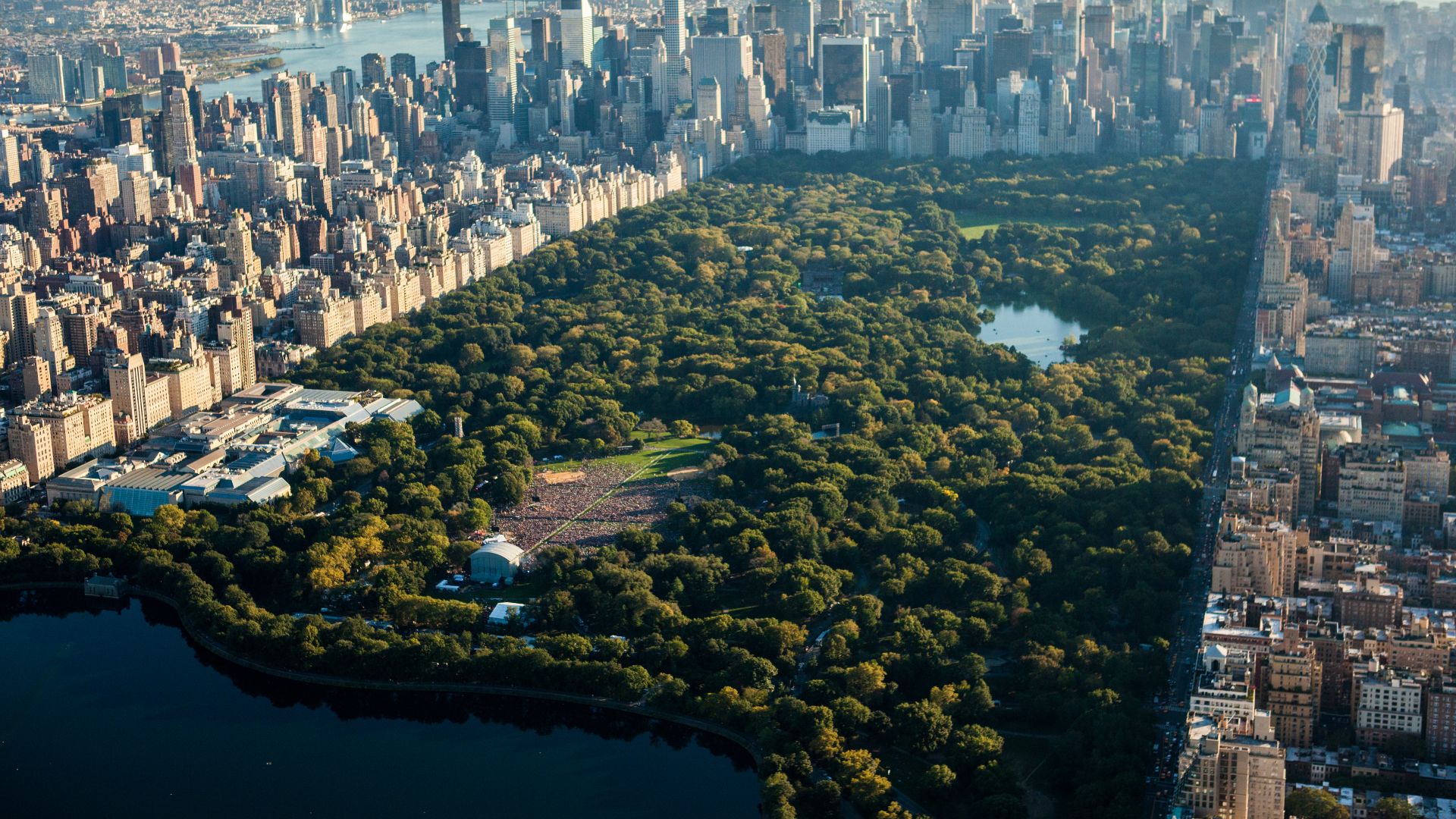 Anthony Quintano from Hillsborough, NJ, United States, Wikimedia Commons
Anthony Quintano from Hillsborough, NJ, United States, Wikimedia Commons
CN Tower
Celebrated among the Seven Wonders of the Modern World, Toronto's CN Tower stands as evidence of human ingenuity. This Canadian colossus pierces the sky at 1,815 feet, crowned with a daring glass floor observation deck that transforms engineering prowess into pure spectacle.
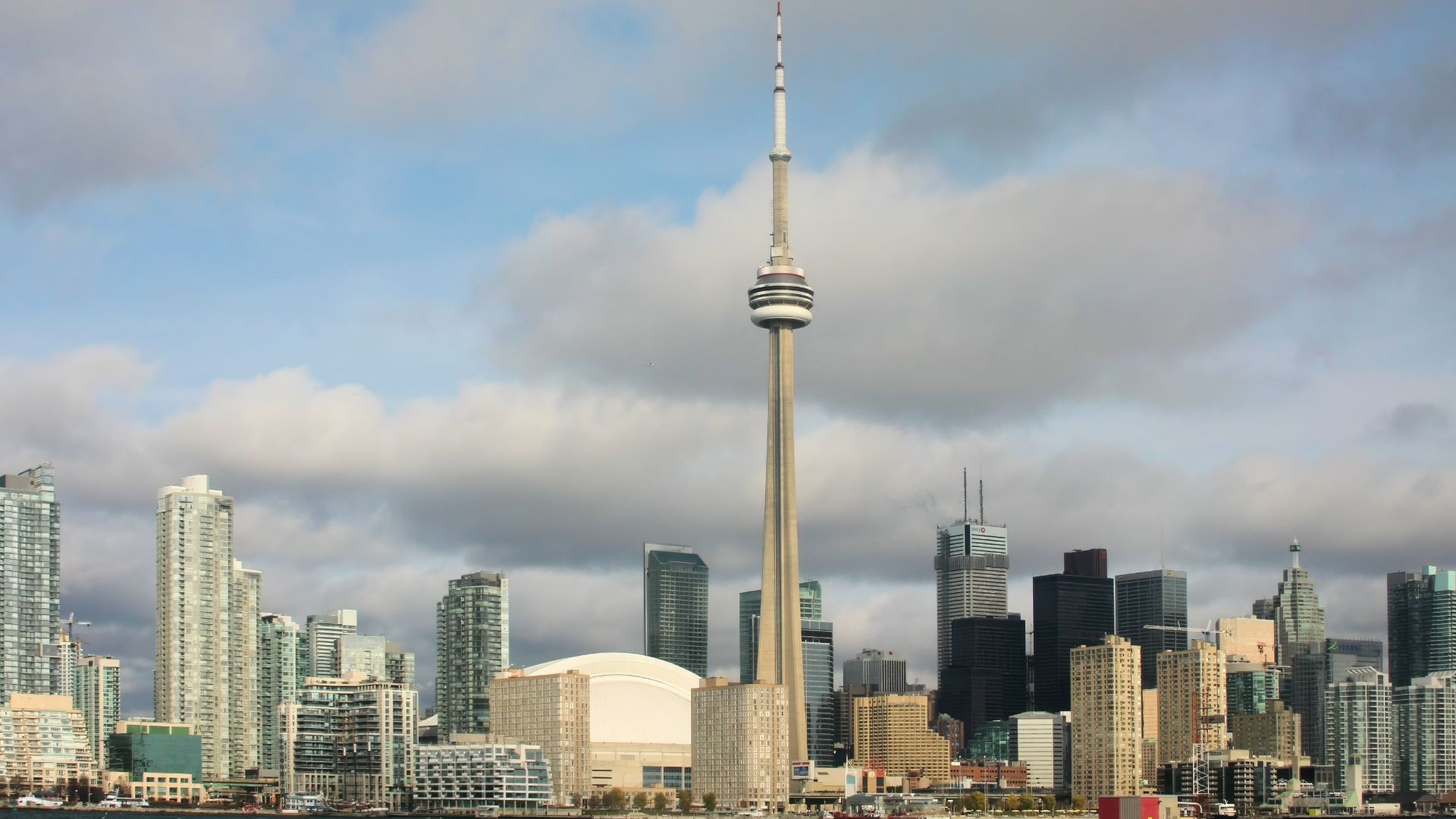 ImagePerson, Wikimedia Commons
ImagePerson, Wikimedia Commons
Parliament Hill
Parliament Hill in Ottawa serves as the operational nucleus of Canada's federal government throughout the year. It has a great impact on Canada Day as thousands of celebrants gather beneath its defining Peace Tower. The 302-foot spire bridges the site's dual identity as both administrative headquarters and cultural centerpiece.
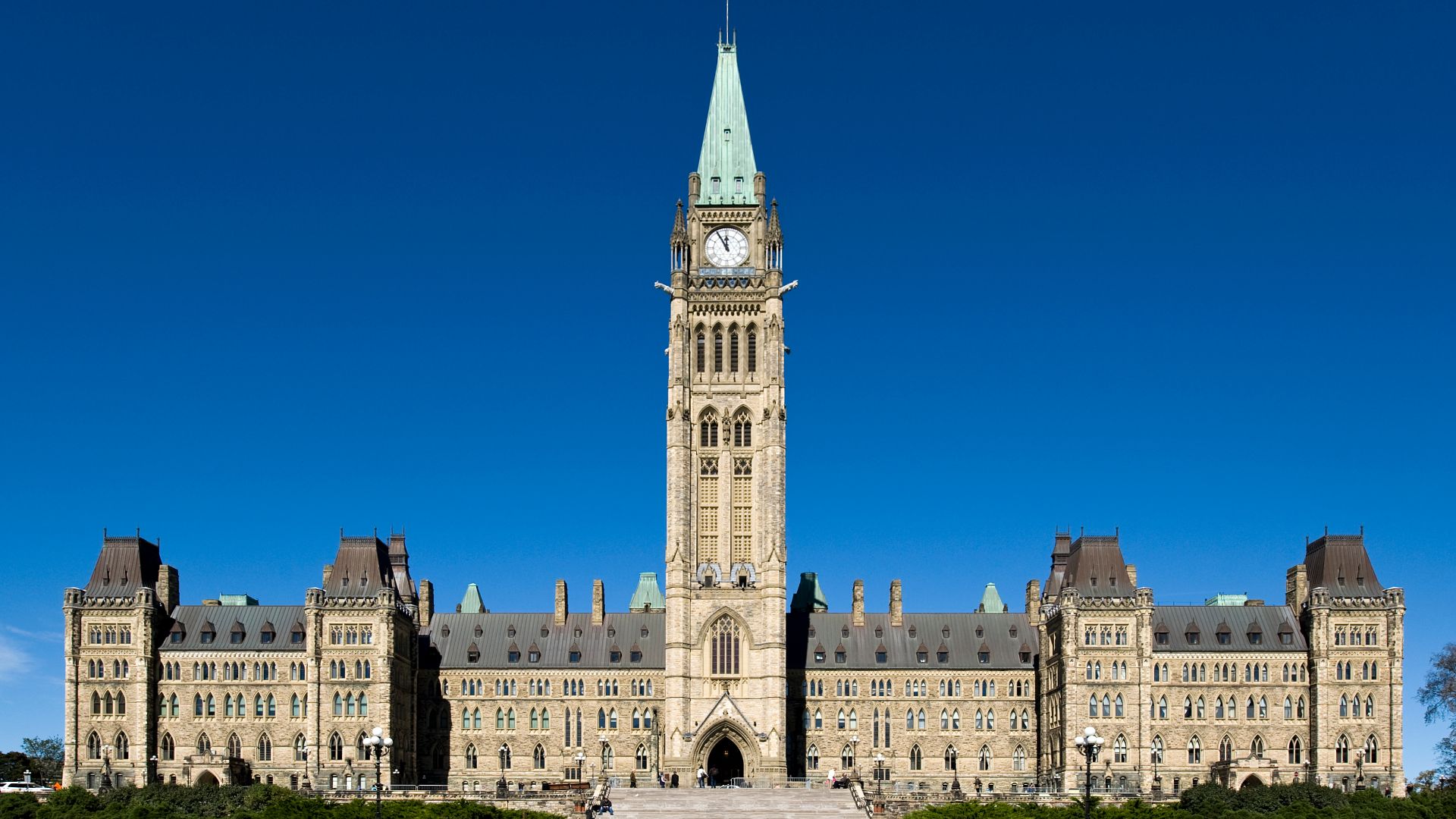 Saffron Blaze, Wikimedia Commons
Saffron Blaze, Wikimedia Commons
Rocky Mountains
Standing at a breathtaking 14,440 feet, Mount Elbert anchors a mountain masterpiece that unfolds across the North American wilderness. From Colorado's heights through the United States and into Canada, these magnificent Rockies split a continent's waters between two great oceans along the Continental Divide.
Mesa Verde
Carved into sheer cliff walls, the mysterious dwellings of Mesa Verde are silent witnesses to an ancient civilization's ingenuity. These remarkable Ancestral Puebloan settlements, numbering over 600 distinct structures, were discovered in Colorado's rugged terrain and have been carefully preserved since their designation as a national park in 1906.
Chichen Itza
The Maya civilization's profound influence on North America finds its ultimate expression in Chichen Itza, a pre-Columbian city in Mexico's Yucatan peninsula. The site's crowning achievement, El Castillo pyramid, continues to mesmerize visitors with its astronomical precision.
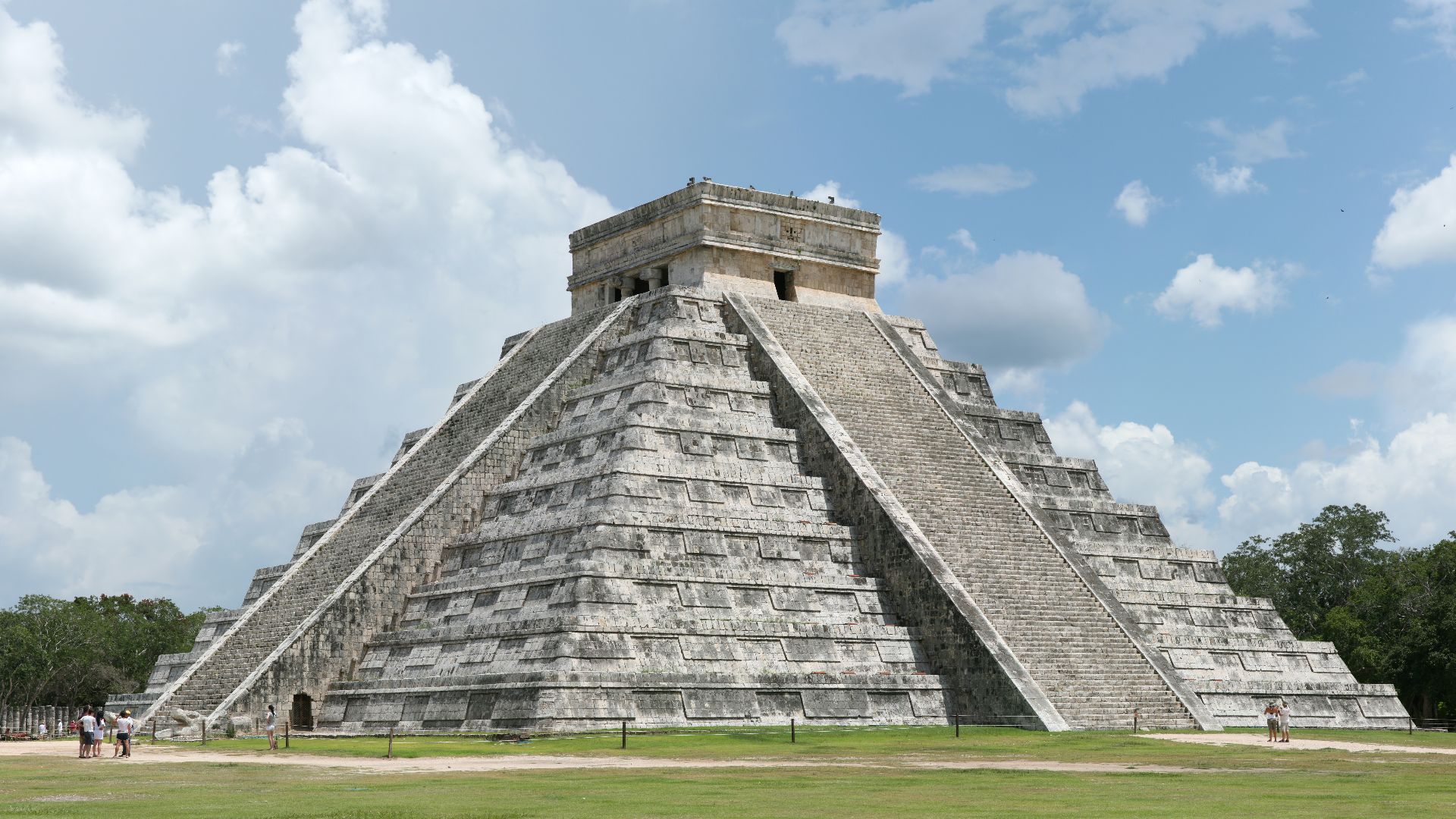 Daniel Schwen, Wikimedia Commons
Daniel Schwen, Wikimedia Commons
Teotihuacan Pyramids
In the ancient Nahuatl tongue, Teotihuacan whispers its sacred purpose: "the place where the gods were created”. This divine destiny manifests in its towering Pyramid of the Sun and Pyramid of the Moon, monumental anchors of what would become the Americas' largest city.
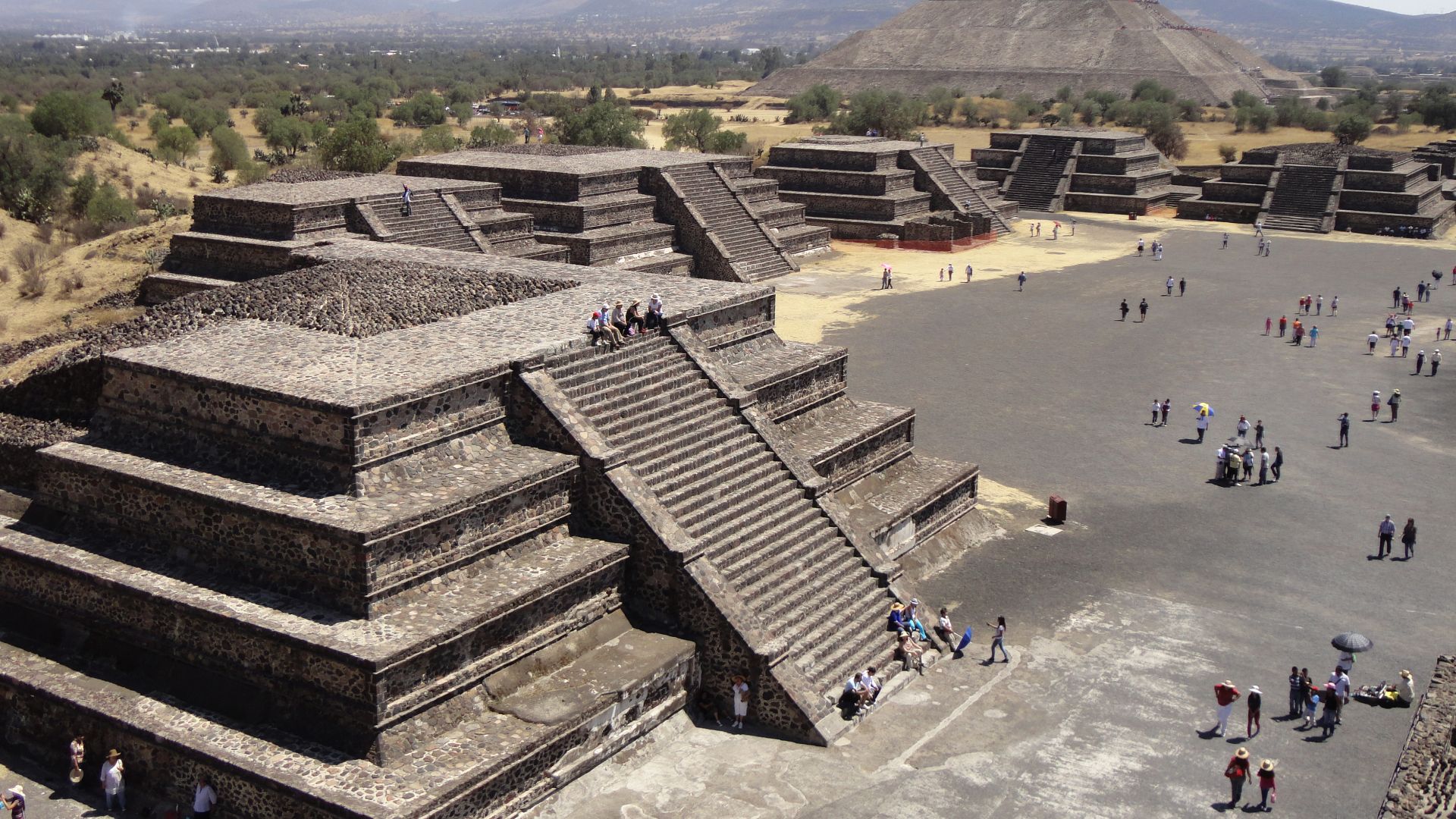 Juan Carlos Fonseca Mata, Wikimedia Commons
Juan Carlos Fonseca Mata, Wikimedia Commons
Tulum Ruins
As one of the Maya's final inhabited settlements, Tulum represents the culmination of their coastal engineering prowess. The walled port city's strategic position on the Yucatan Peninsula's Caribbean cliffs remains evident today, where ancient stone structures still maintain their vigilant watch over the turquoise waters.
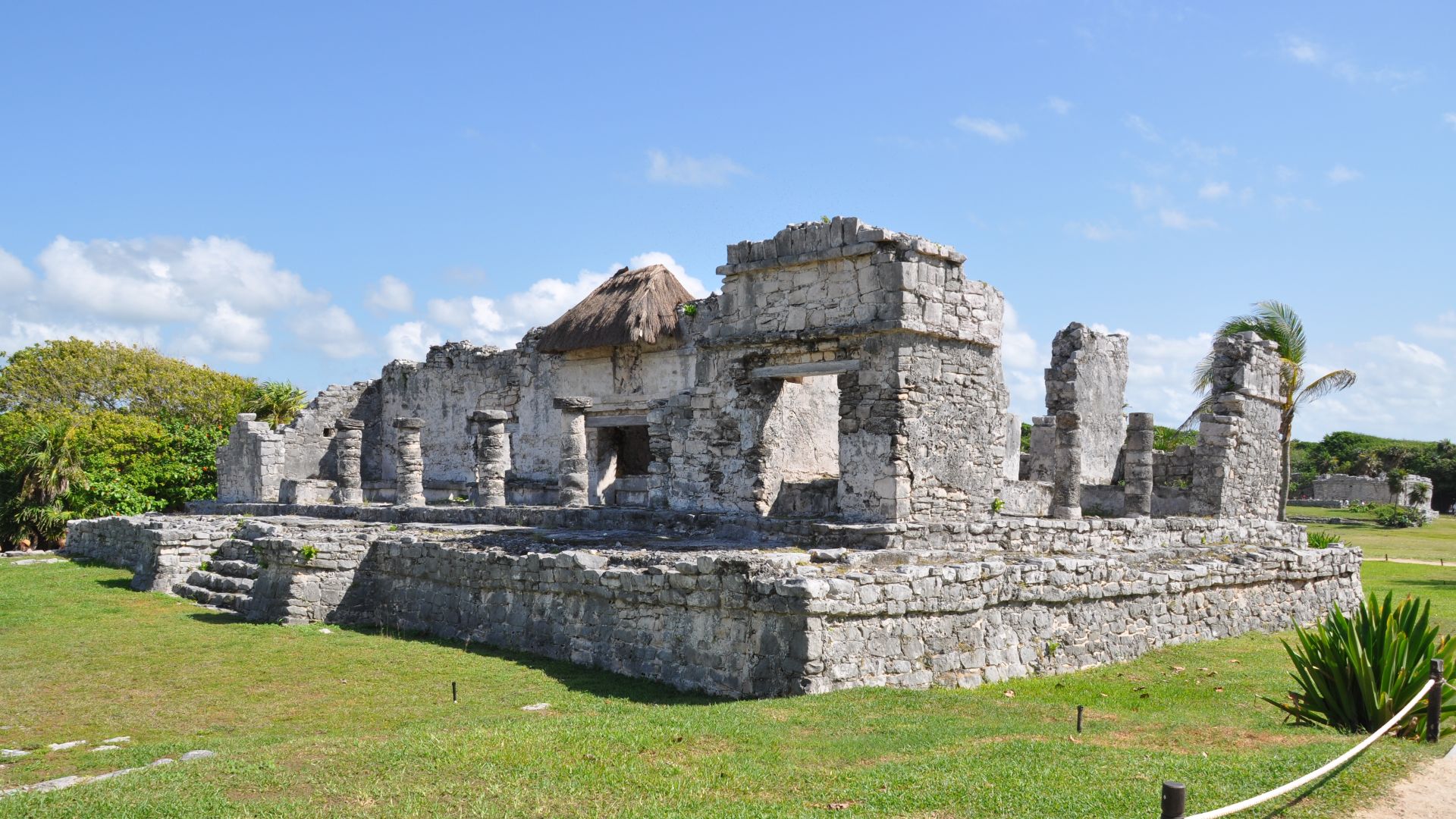 FABIENNE TOMASCHEWSKI, Wikimedia Commons
FABIENNE TOMASCHEWSKI, Wikimedia Commons
Carlsbad Caverns
Deep beneath New Mexico's surface lies the colossal Big Room, America's largest underground chamber and among the world's most massive cavern spaces. This natural wonder features Carlsbad Caverns' network of 119 caves, carved over millennia by sulfuric acid, where each summer evening, thousands of bats spiral dramatically into the desert sky.
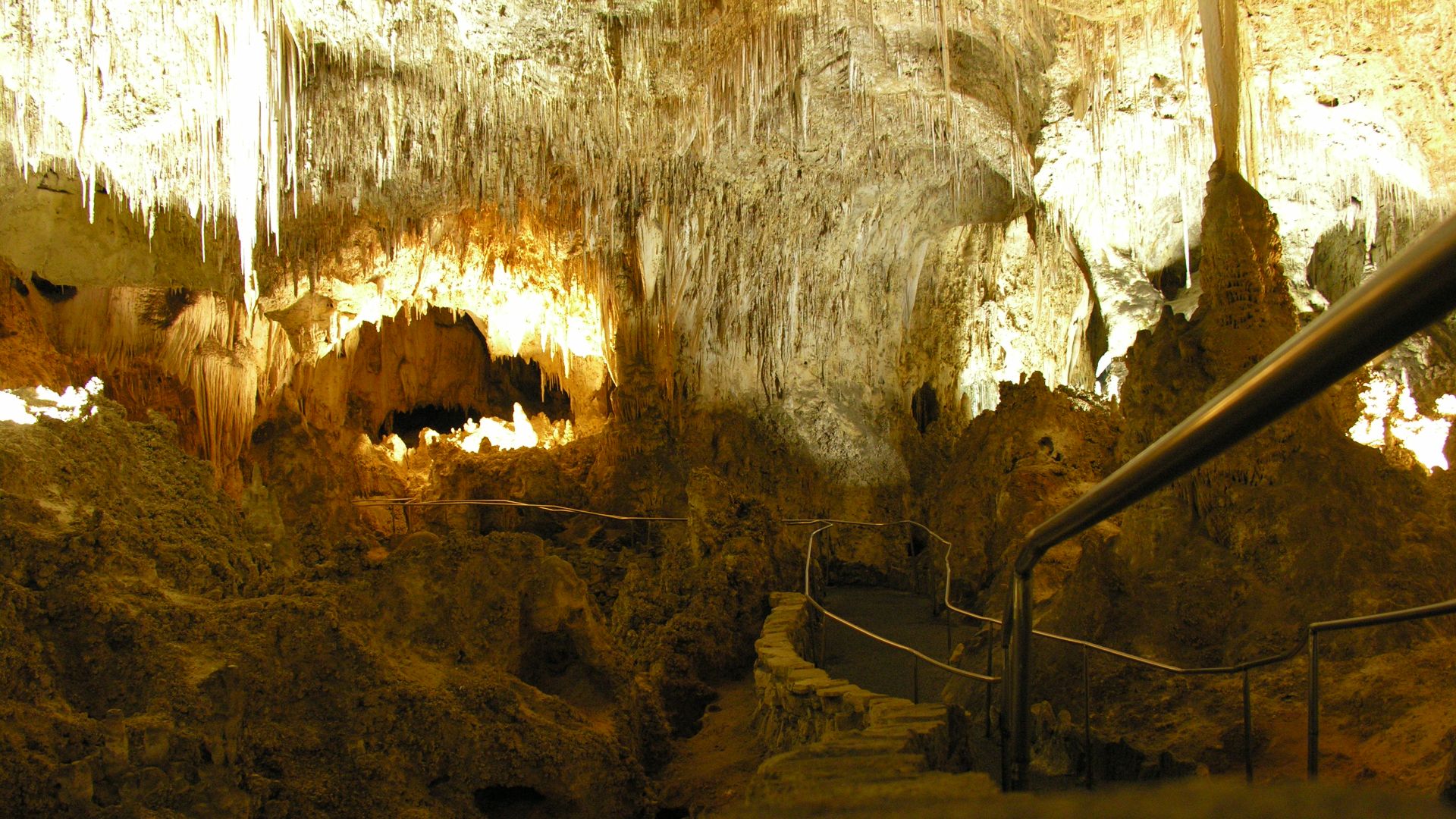 Stephen Friedt, Wikimedia Commons
Stephen Friedt, Wikimedia Commons
Mount Denali
The ancient Koyukon people emphasized a profound truth when they named it "the high one," for Denali truly stands out among North American peaks. Rising 20,310 feet from Alaska's wilderness, this magnificent mountain shed its colonial designation as Mount McKinley to embrace the wisdom of its original name.
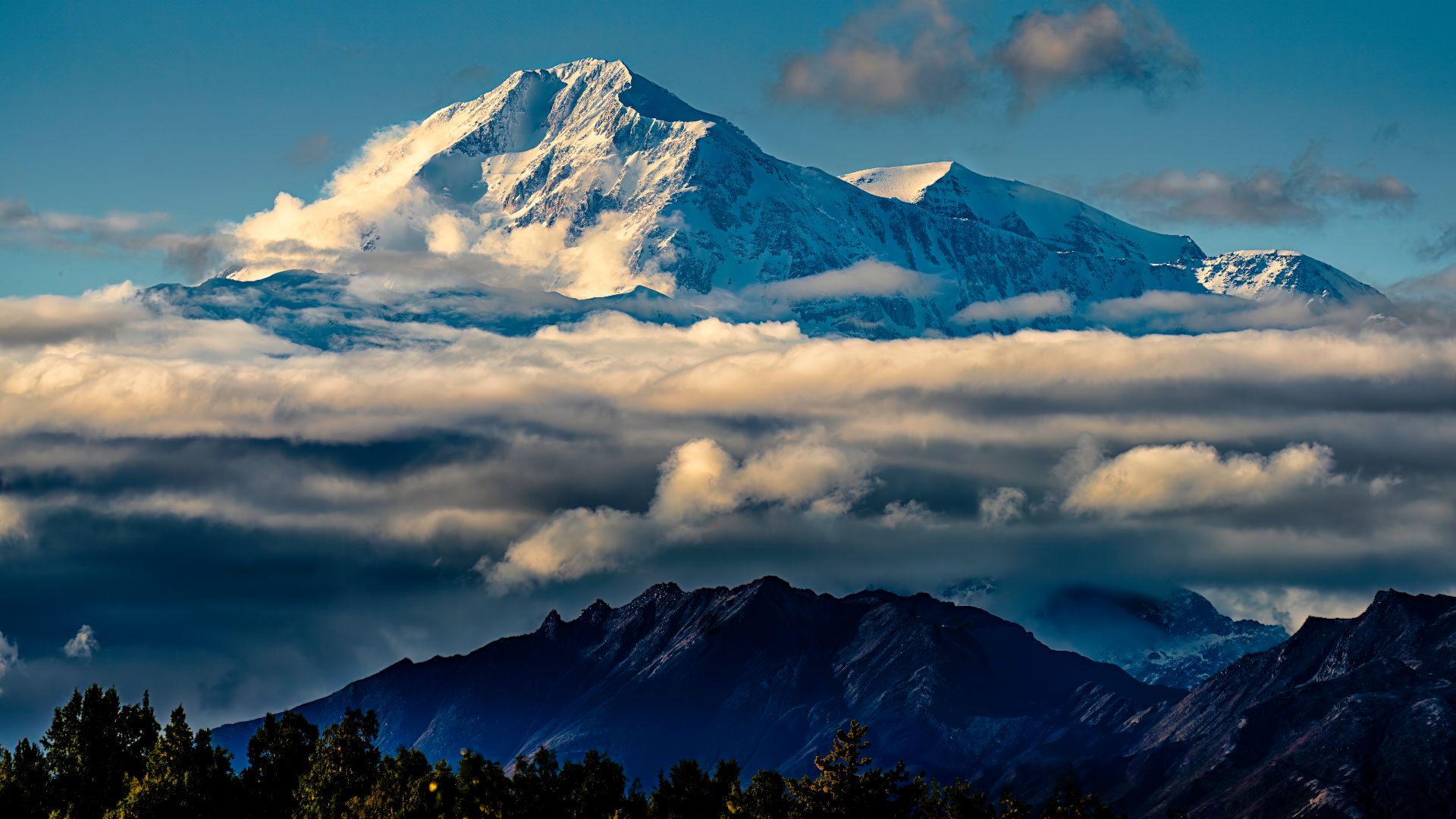 David Zhang from Canada, Wikimedia Commons
David Zhang from Canada, Wikimedia Commons
Glacier National Park
With over 700 pristine lakes and more than 700 miles of trails weaving through Montana's Rocky Mountains, Glacier National Park stands as proof of nature's grandeur. This remarkable wilderness, sharing its northern border with Canada's Waterton Lakes National Park, still cradles fewer than 25 active glaciers amid its stunning mountain panoramas.
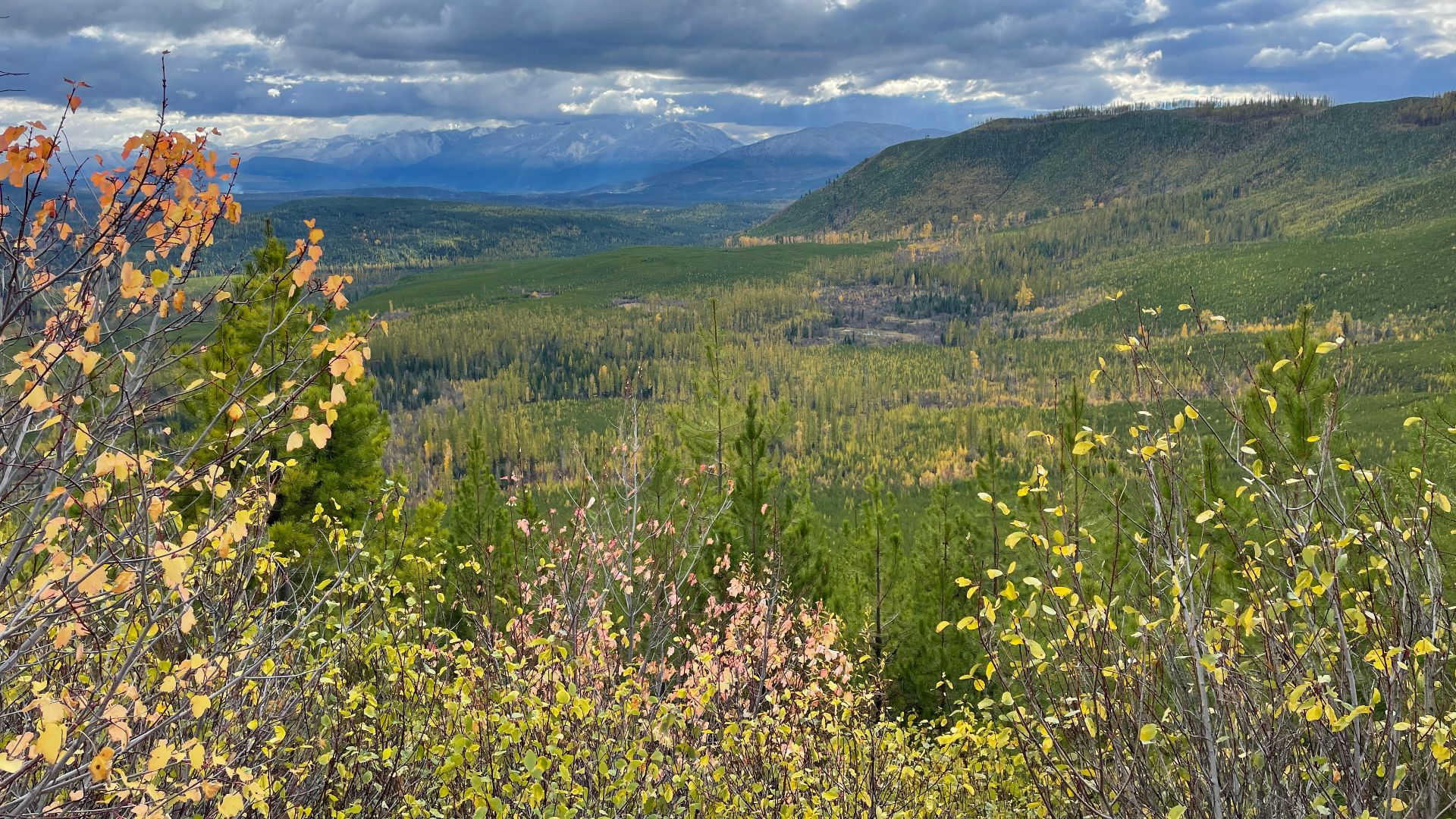 Vulturesong, Wikimedia Commons
Vulturesong, Wikimedia Commons
Brooklyn Bridge
Before 1883, Manhattan and Brooklyn existed as separate worlds divided by water, until an ambitious bridge project changed everything. The Brooklyn Bridge was a game-changer, becoming the world's longest suspension bridge. With its iconic limestone, granite, and cement towers, it created a revolutionary dual-level connection where cars and pedestrians could cross independently.
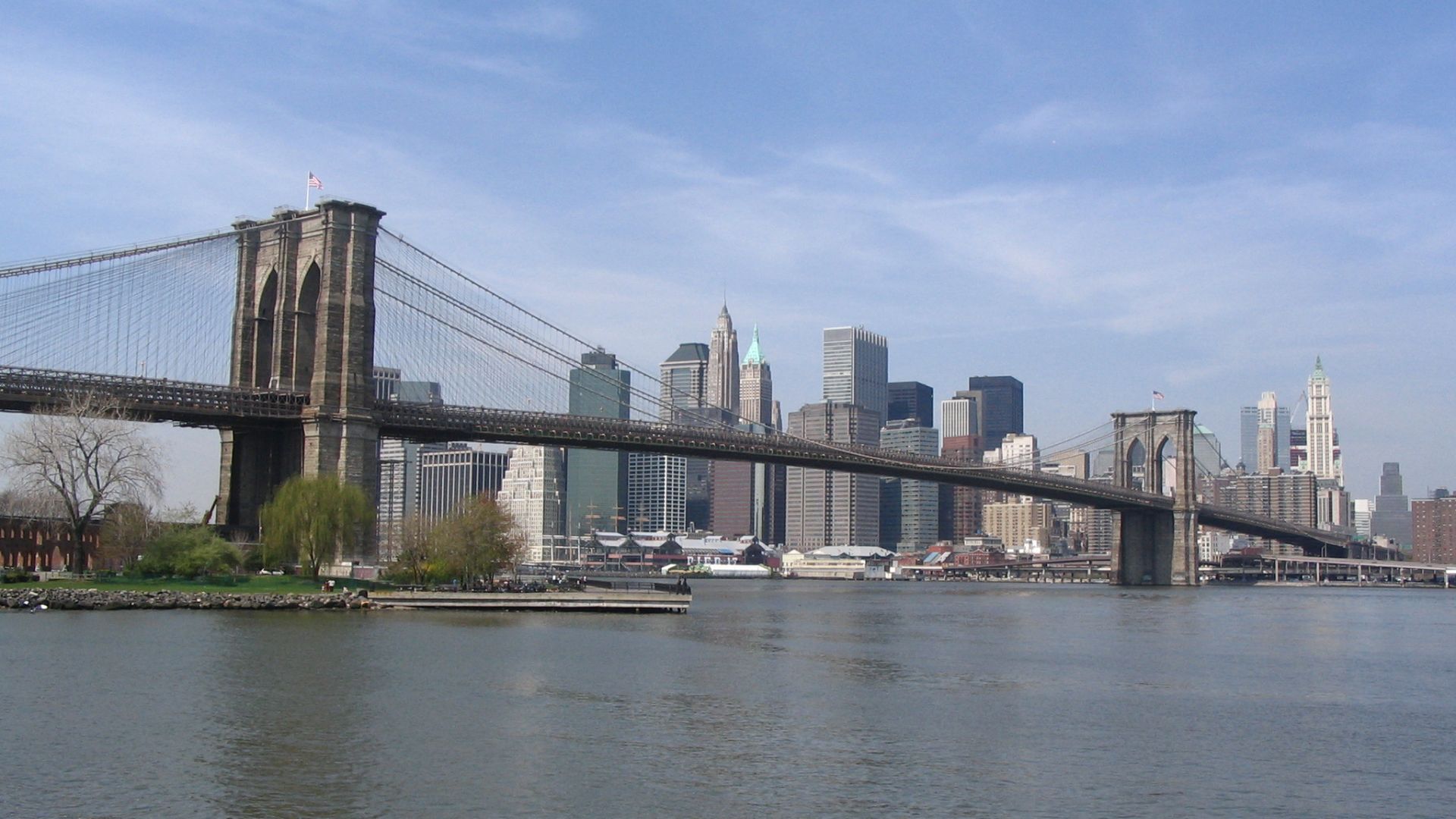 Patrice78500, Wikimedia Commons
Patrice78500, Wikimedia Commons
Everglades National Park
With wetland ecosystems increasingly under threat worldwide, southern Florida's Everglades National Park is a sanctuary for America's largest tropical wilderness. This protected expanse represents the planet's only habitat where alligators and crocodiles naturally coexist, while providing refuge for endangered species like the Florida panther.
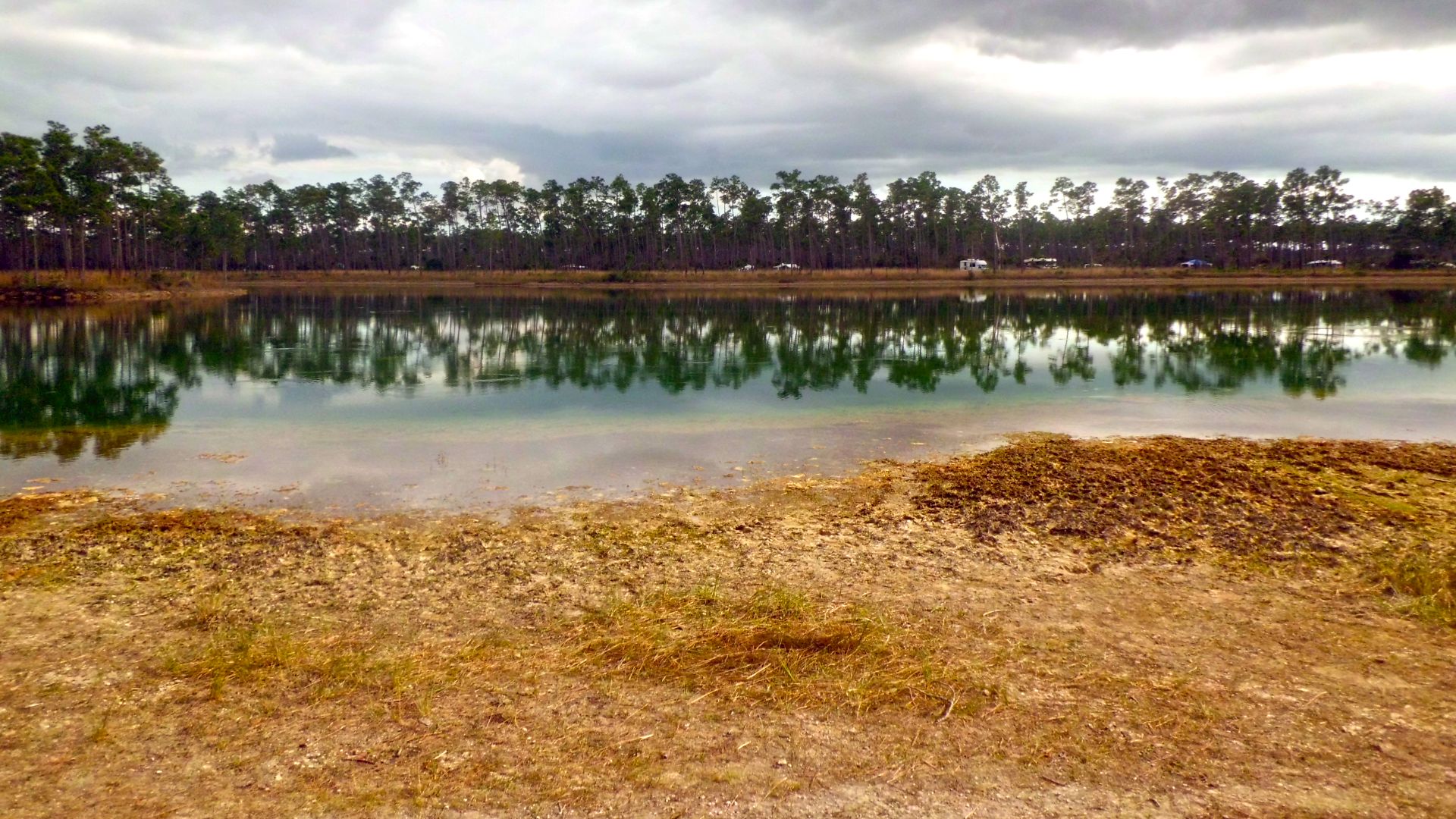 Daniel Di Palma, Wikimedia Commons
Daniel Di Palma, Wikimedia Commons
Bryce Canyon
In southern Utah stands one of nature's most magnificent architectural achievements, where a series of vast natural amphitheaters ascend like a grand vertical gallery. Rising from 8,000 to 9,000 feet, this misnamed marvel—Bryce Canyon—showcases its signature design elements: towering rock formations called hoodoos that pierce the mountain air.
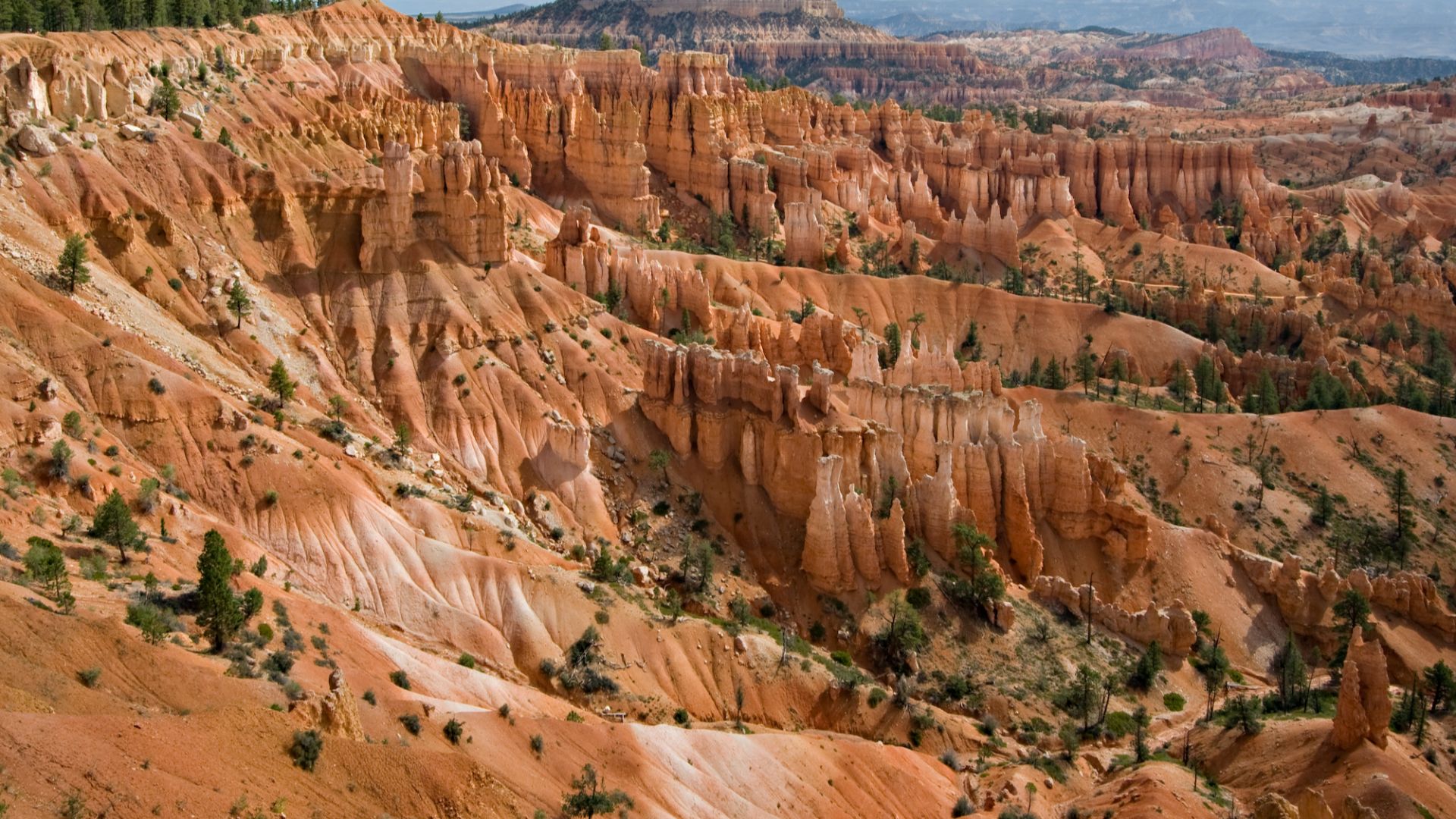 Luca Galuzzi (Lucag), Wikimedia Commons
Luca Galuzzi (Lucag), Wikimedia Commons
Antelope Canyon
Under the stewardship of the Navajo Nation, Antelope Canyon offers guided tours through one of Arizona's most remarkable natural treasures. Located in the northern reaches of the state, this slot canyon system comprises Upper and Lower sections, where wave-like rock formations and distinctive light beams create an otherworldly geological display.
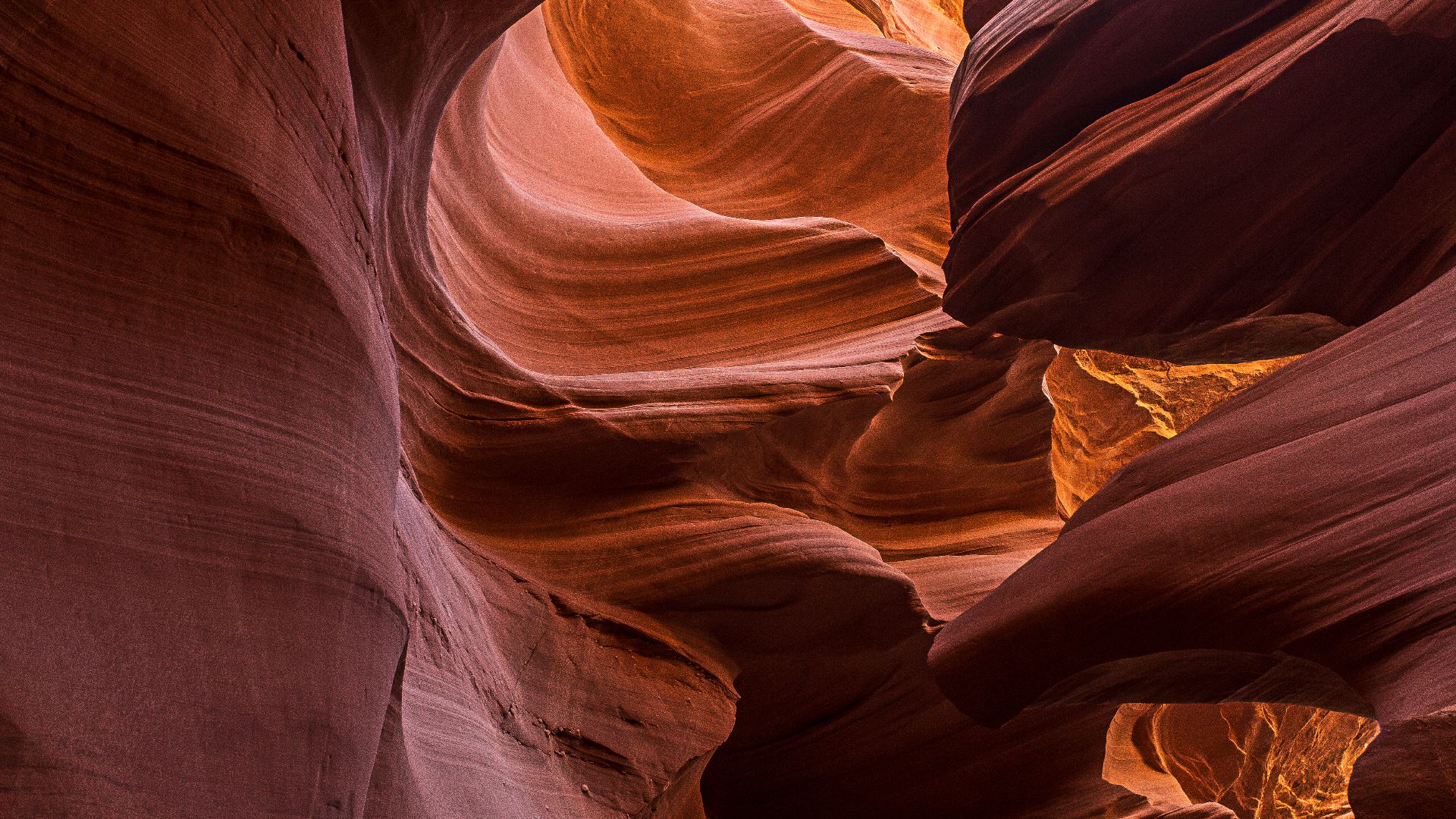 Andy Morffew from Itchen Abbas, Hampshire, UK, Wikimedia Commons
Andy Morffew from Itchen Abbas, Hampshire, UK, Wikimedia Commons
Monument Valley
Straddling the Arizona-Utah border lies the mesmerising Monument Valley, where ancient sandstone buttes pierce the desert sky like nature's skyscrapers. Located within the vast Navajo Nation Reservation, this spot has captured Hollywood's imagination for generations, its iconic silhouettes starring in countless Western films.
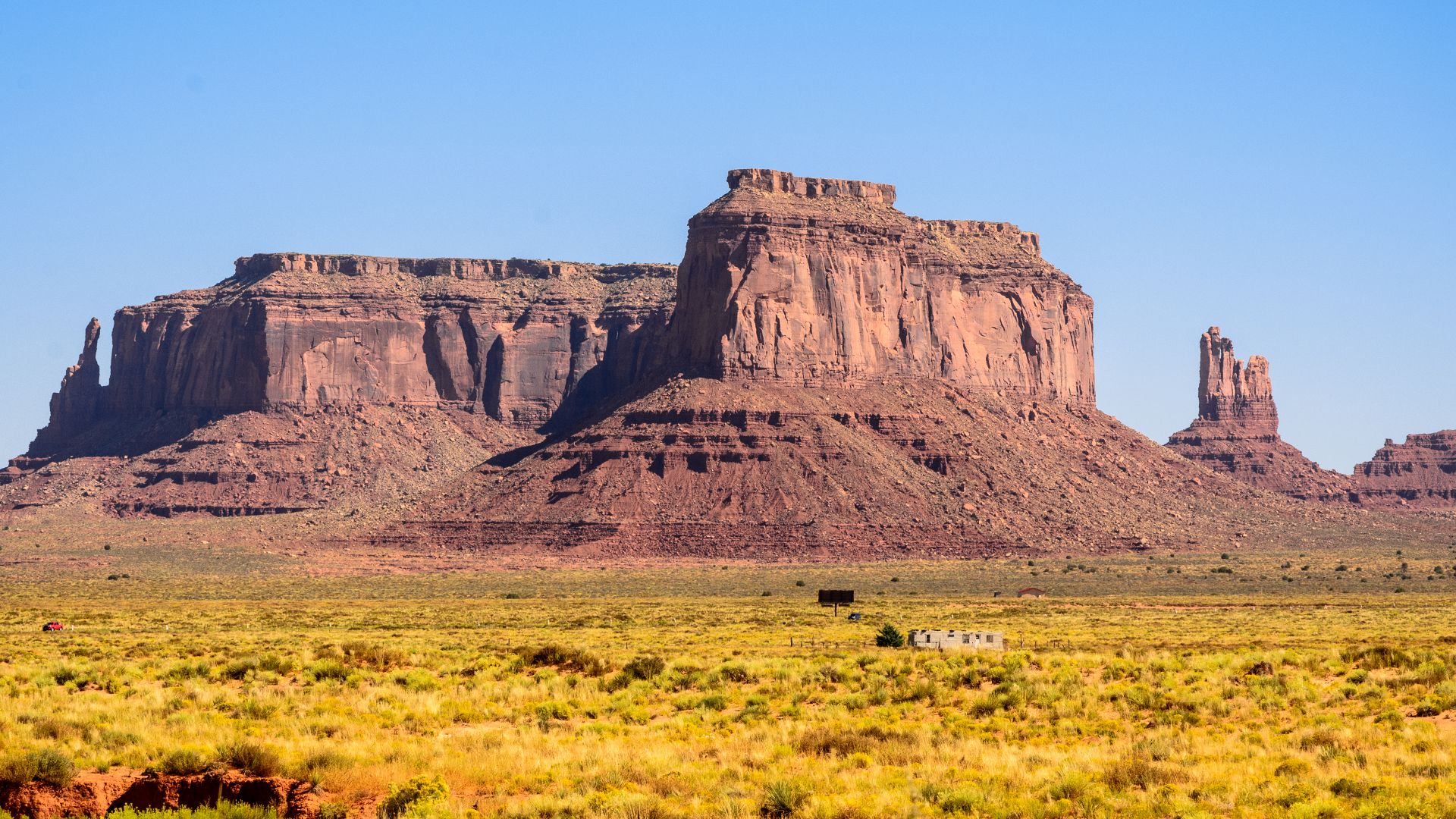 Domenico Convertini, Wikimedia Commons
Domenico Convertini, Wikimedia Commons
Hollywood Sign
Perched above Los Angeles, the 1923 “Hollywoodland” sign began as a real estate advertisement, its letters once towering 45 feet high and stretching 350 feet across. Decades later, after losing “land,” the sign became a symbol of film history and American cultural imagination.
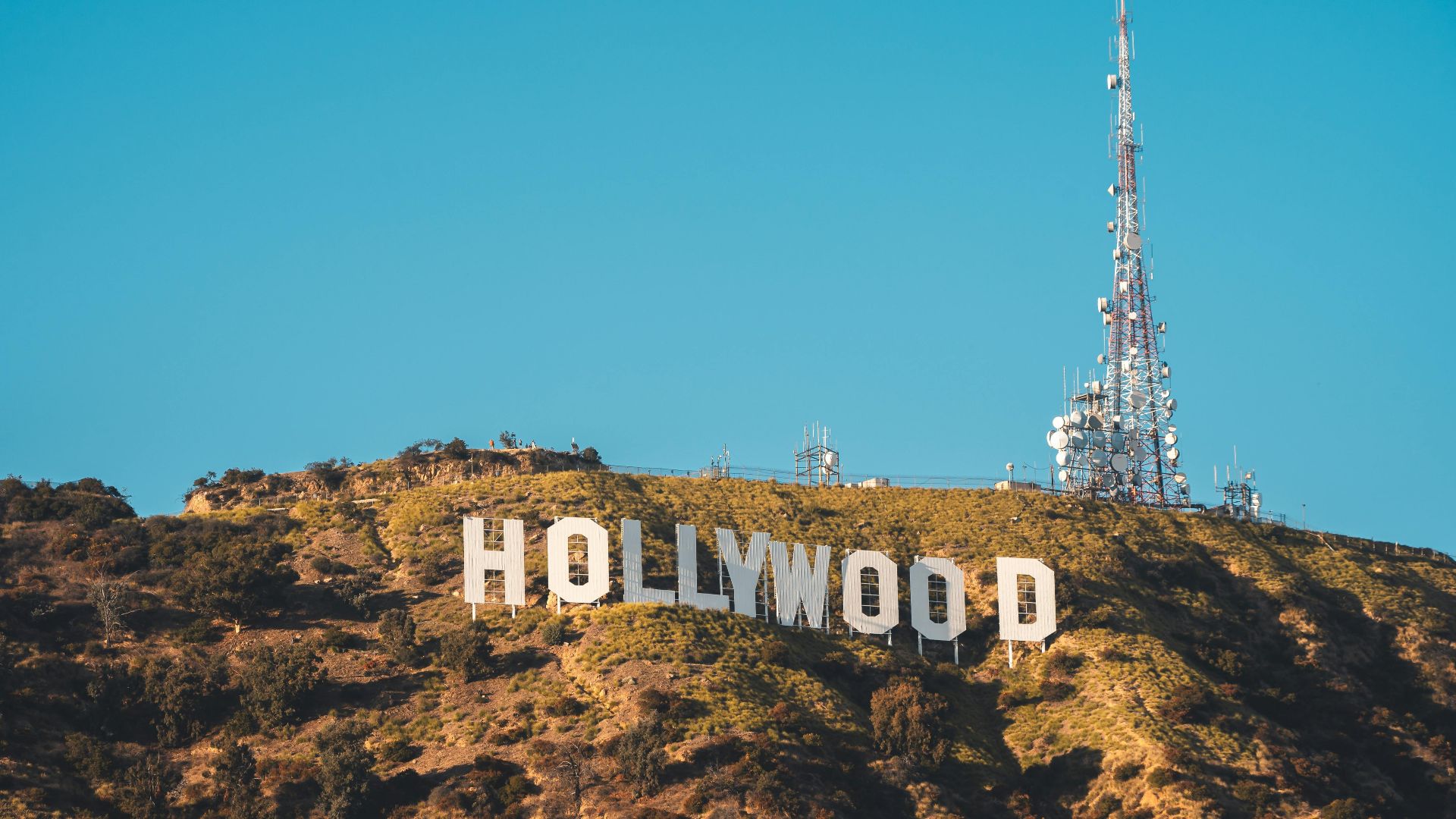 Willian Justen de Vasconcellos, Pexels
Willian Justen de Vasconcellos, Pexels
Death Valley
In a striking geographical paradox, Death Valley's Badwater Basin lies 282 feet below sea level, yet this California-Nevada landmark is the driest national park in America. The combination of extremely low elevation and arid conditions has created Earth's hottest recorded environment, where temperatures soared to an unprecedented 134°F in 1913.
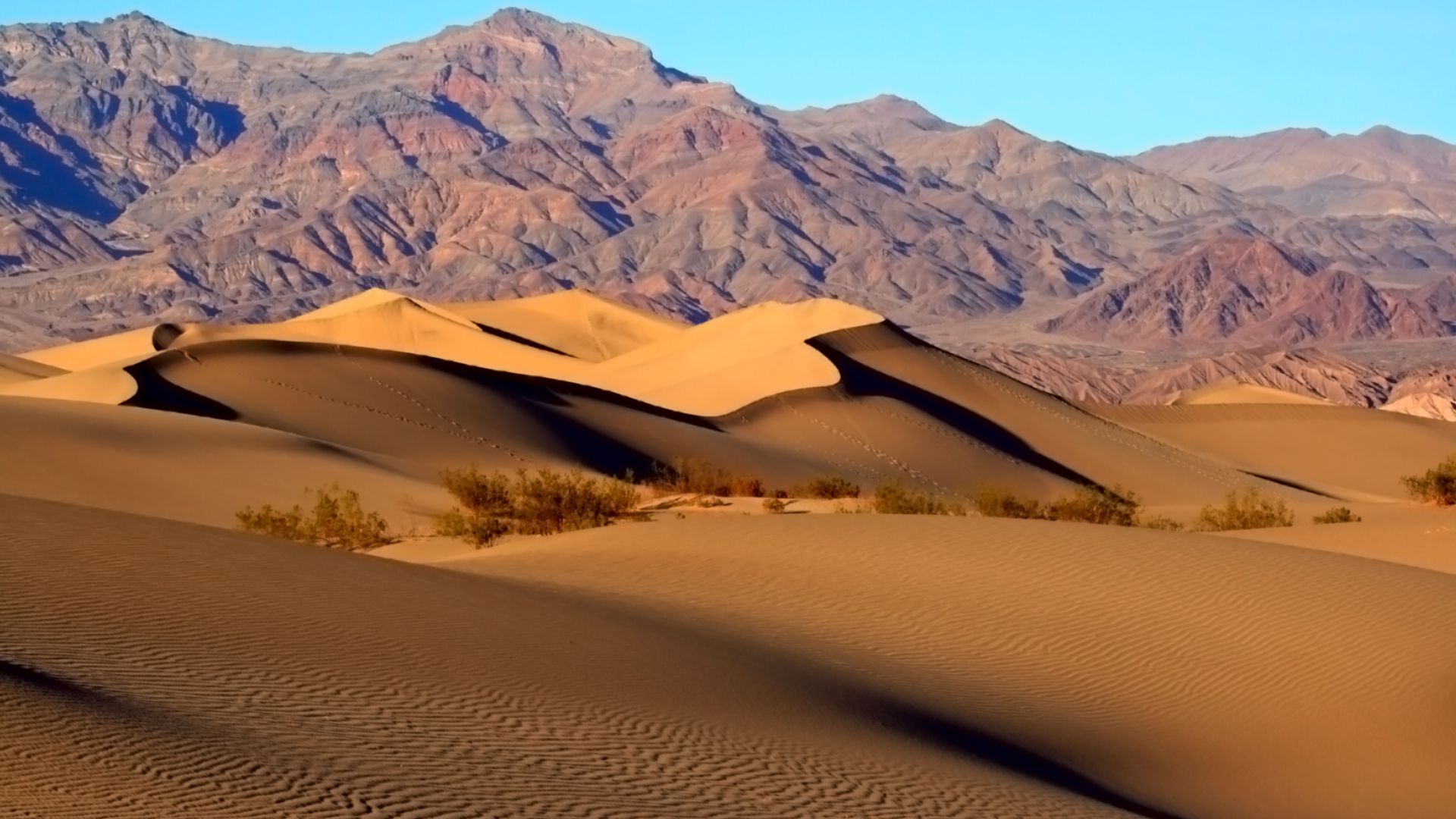 Brocken Inaglory, Wikimedia Commons
Brocken Inaglory, Wikimedia Commons
Mount Saint Helens
No volcanic event in US history has claimed more lives or caused greater economic devastation than Mount Saint Helens' legendary awakening. On May 18, 1980, this active Washington state volcano released its fury, dramatically reshaping itself in the process as the peak lost a staggering 1,300 feet of elevation in one earth-shattering display.
Griffith Observatory
Movie buffs might recognize this Art Deco stunner from Rebel Without a Cause and countless other Hollywood films. Perched in Los Angeles, California, Griffith Observatory has been wowing visitors since 1935 with its public telescopes and space exhibits.
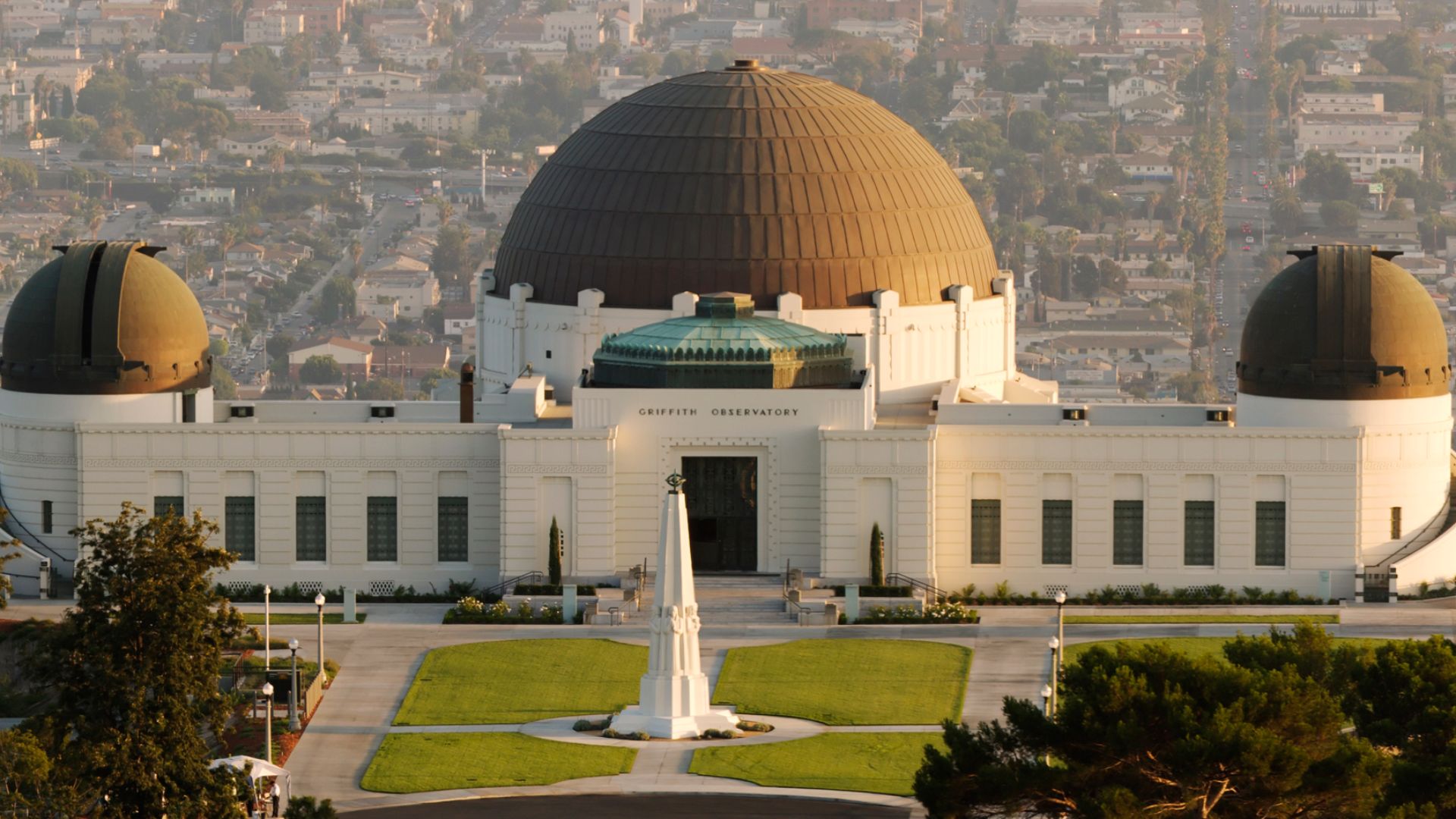 Matthew Field, Wikimedia Commons
Matthew Field, Wikimedia Commons
Pike Place Market
Seattle's must-see Pike Place Market stands as a living slice of Pacific Northwest history, operating continuously since 1907 as one of America's oldest farmers' markets. Visitors flock to catch the market's signature spectacle of flying fish, while coffee aficionados make pilgrimages to the original Starbucks store located within its historic corridors.
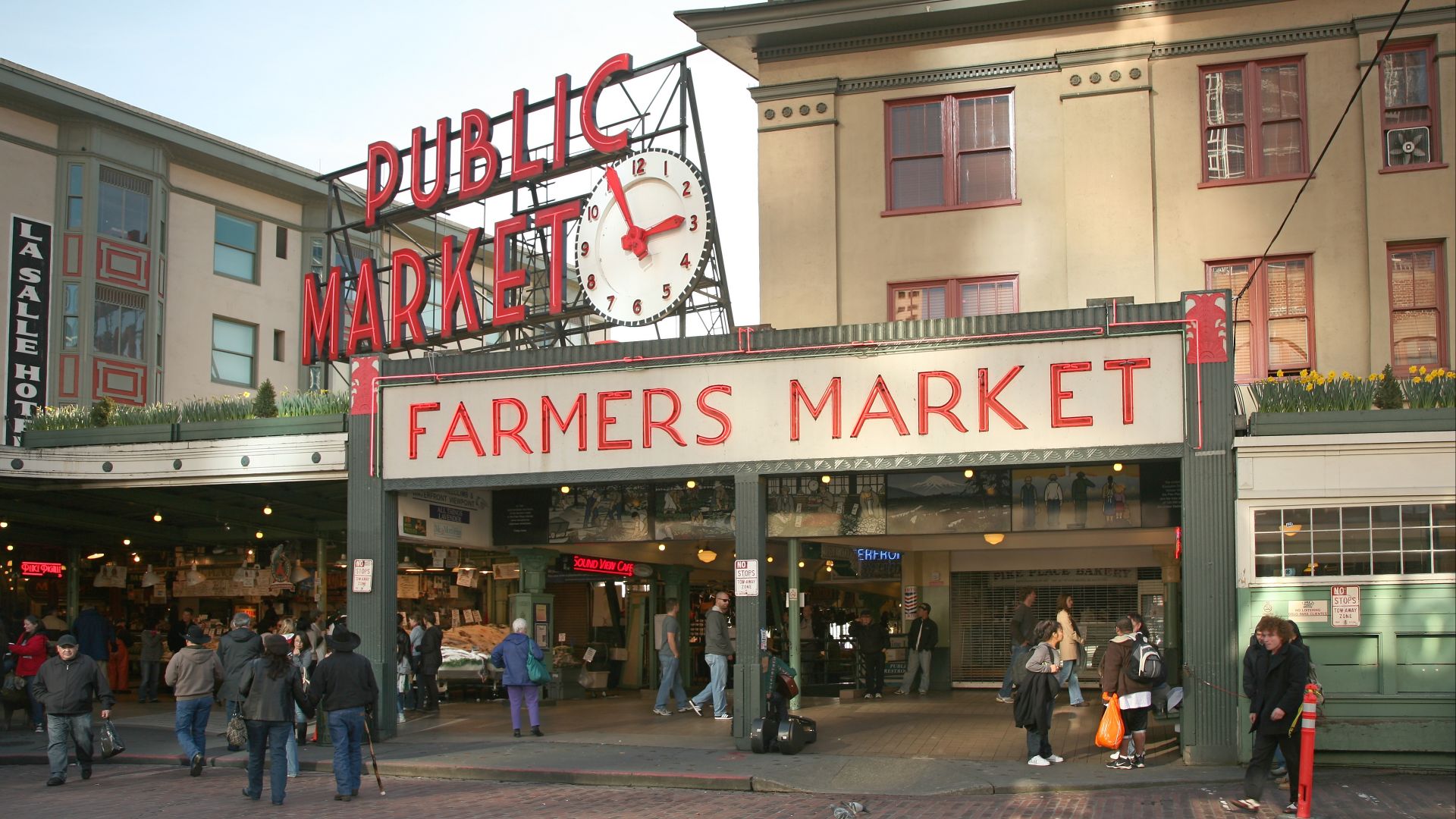 Daniel Schwen, Wikimedia Commons
Daniel Schwen, Wikimedia Commons
French Quarter
At the heart of New Orleans lies its oldest neighborhood, the French Quarter, where centuries of history are preserved in the district's distinctive architecture. Vibrant buildings adorned with elaborate cast-iron balconies line the historic streets, with Bourbon Street emerging as the quarter's most famous thoroughfare.
Smithsonian Institution
Since 1846, the Smithsonian Institution has championed the democratic ideal that knowledge belongs to everyone by maintaining free admission across its extensive network of museums and research centers in Washington, DC. As the world's largest museum and education complex, it continues to make cultural enrichment accessible to millions of visitors.
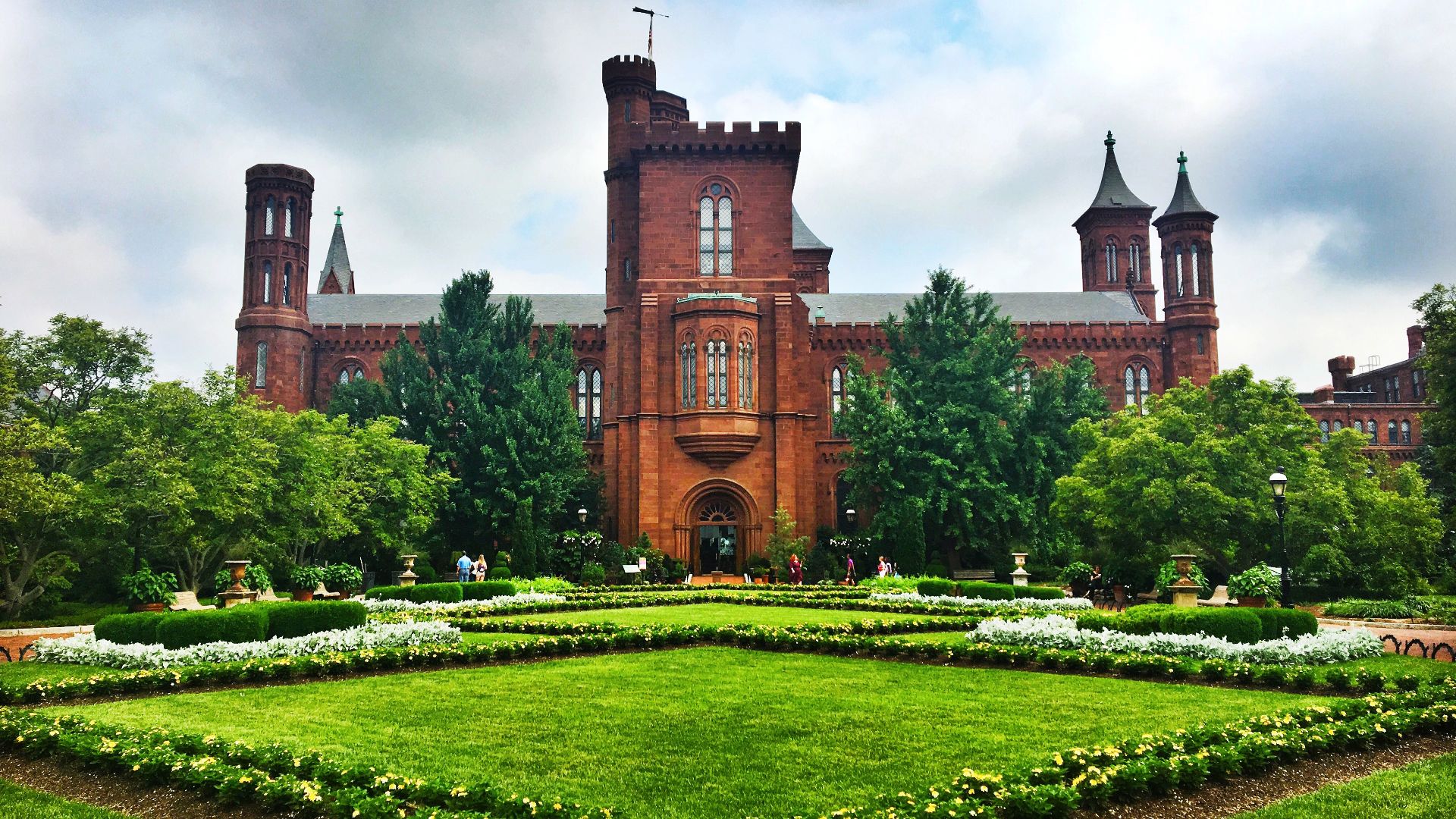 Lindsay Anderson, Wikimedia Commons
Lindsay Anderson, Wikimedia Commons
Pentagon
Rising like a geometric titan in Arlington, Virginia, the Pentagon's commanding five-sided silhouette represents American military presence and organizational precision. It’s the world's largest office building, serving its vital role as headquarters of the United States Department of Defense with monumental efficiency.
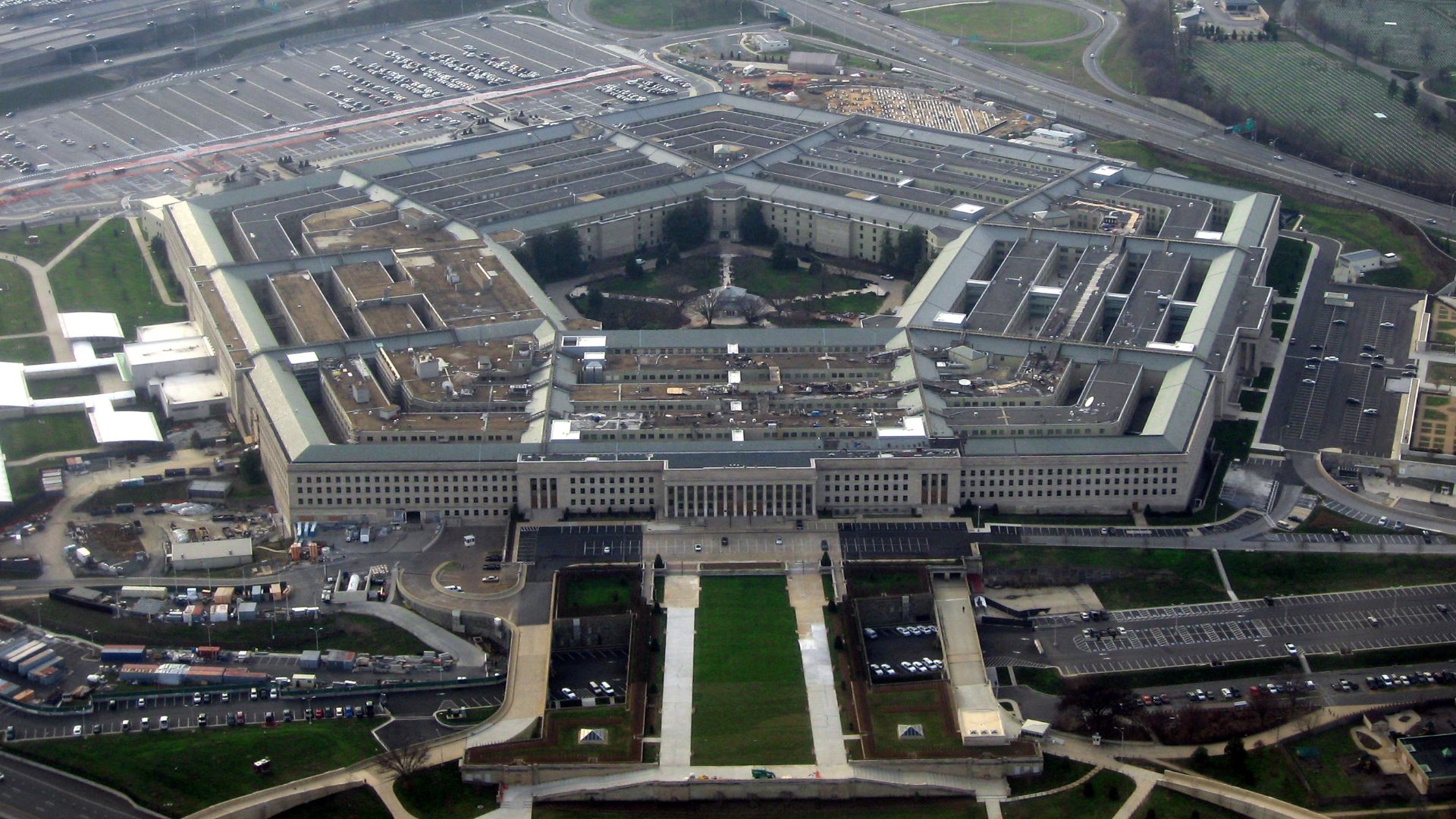 David B. Gleason from Chicago, IL, Wikimedia Commons
David B. Gleason from Chicago, IL, Wikimedia Commons


